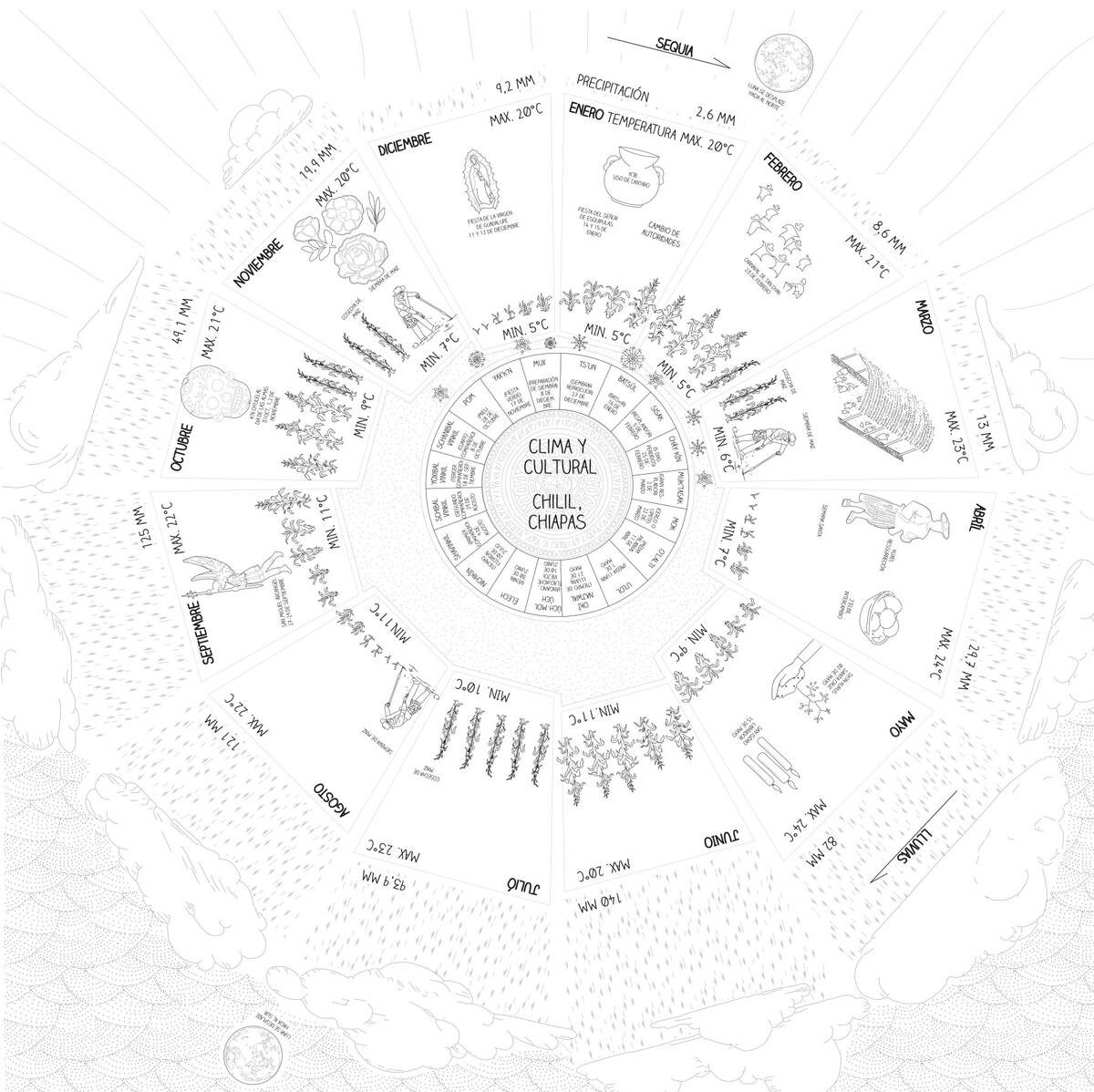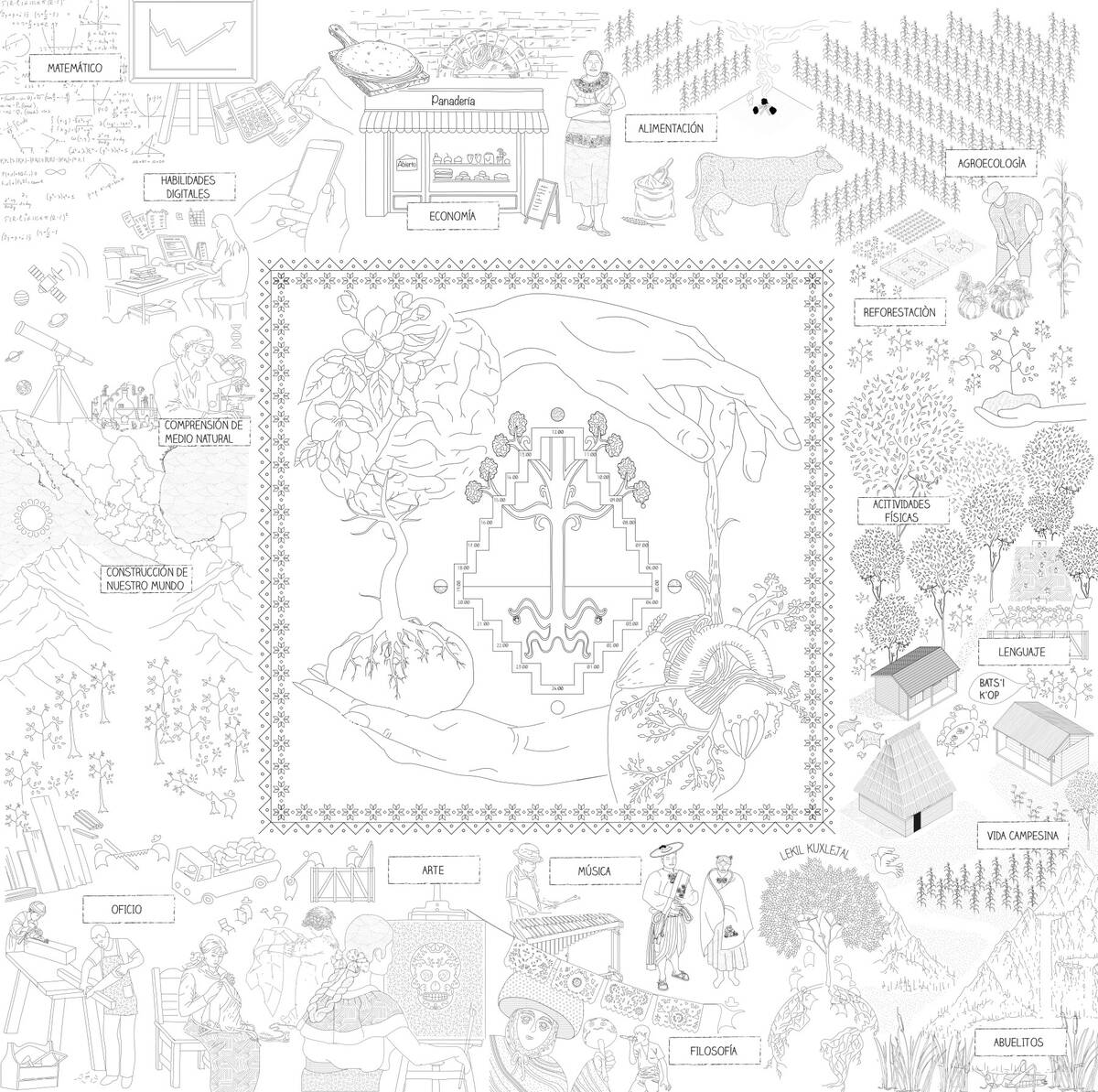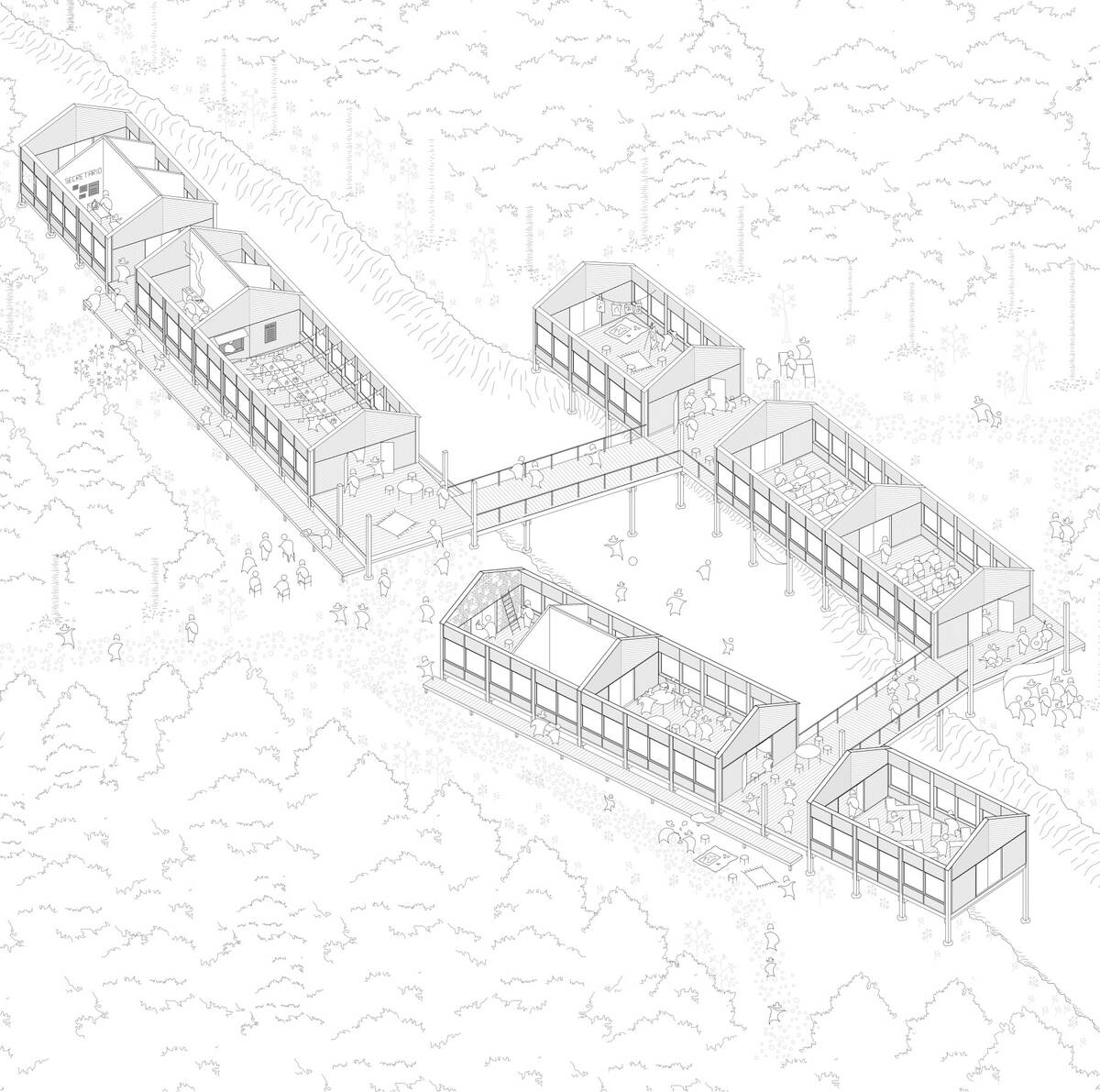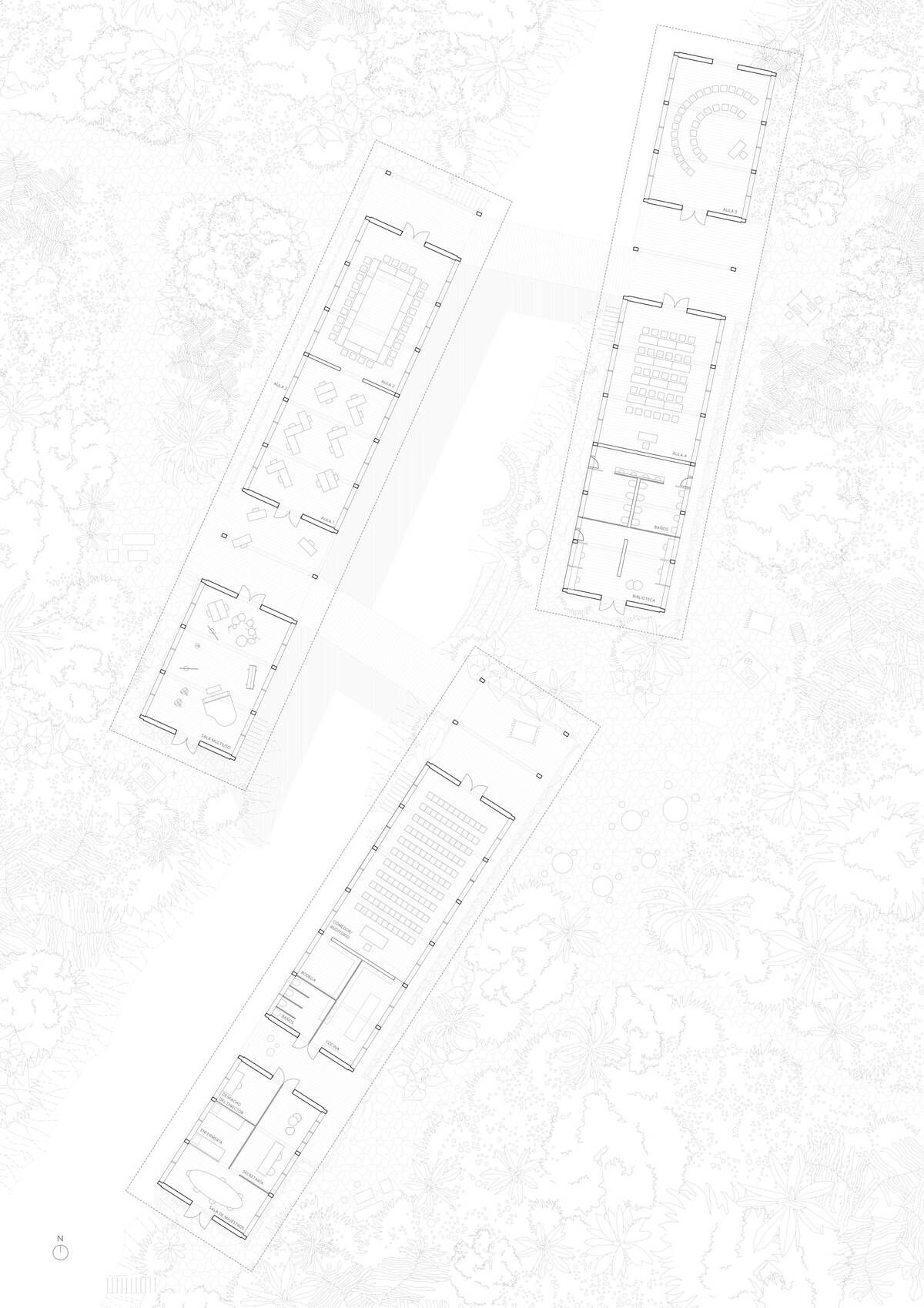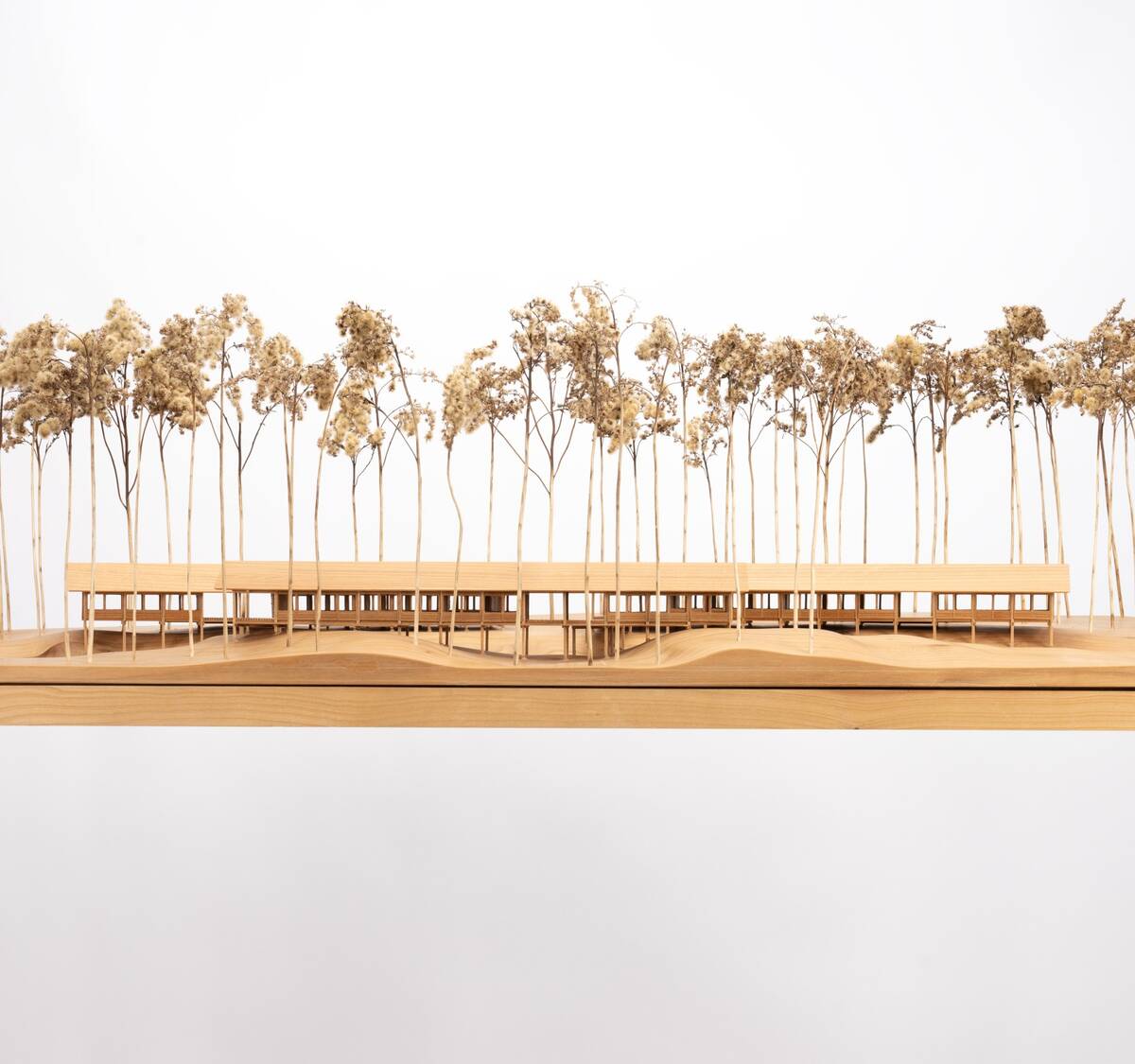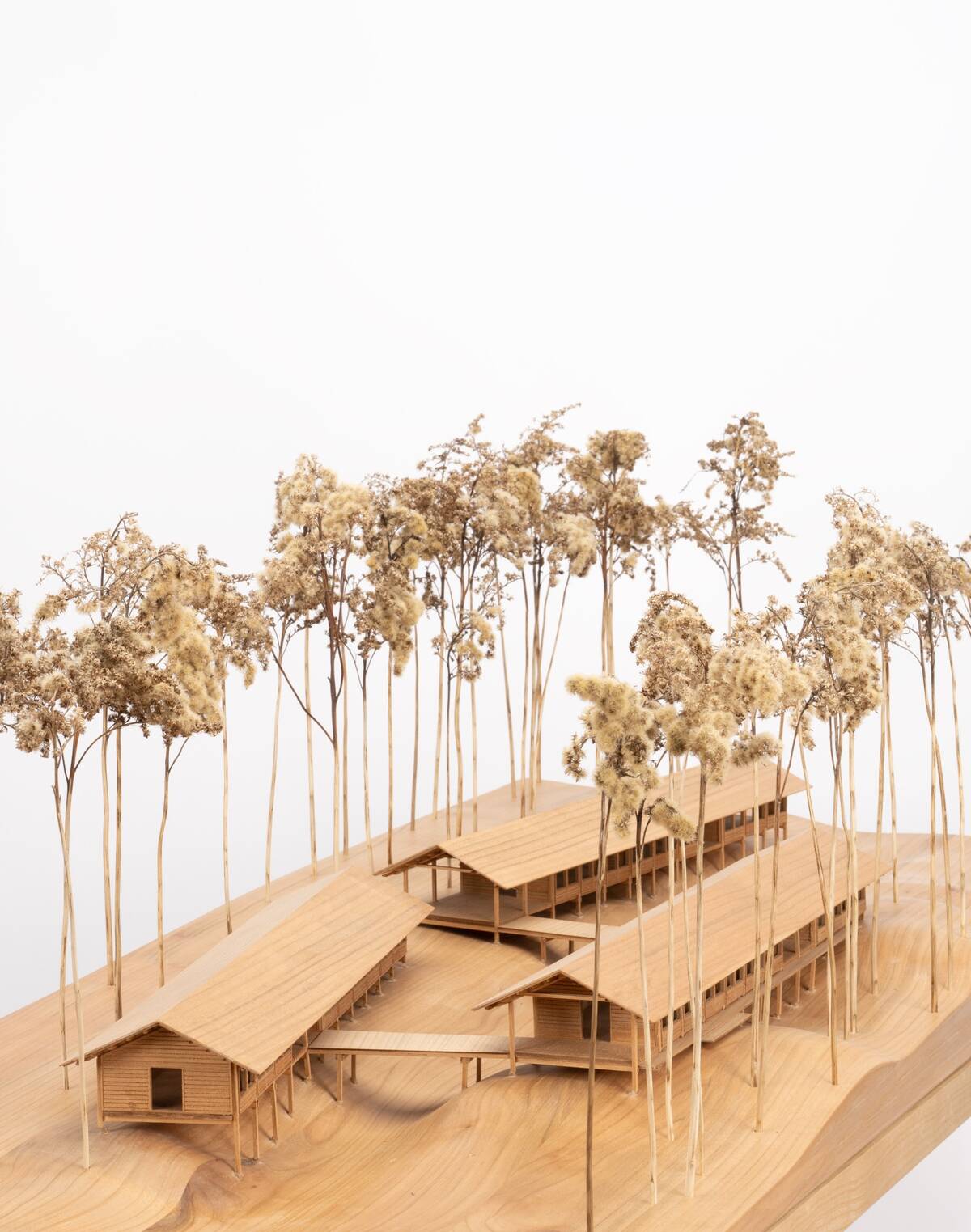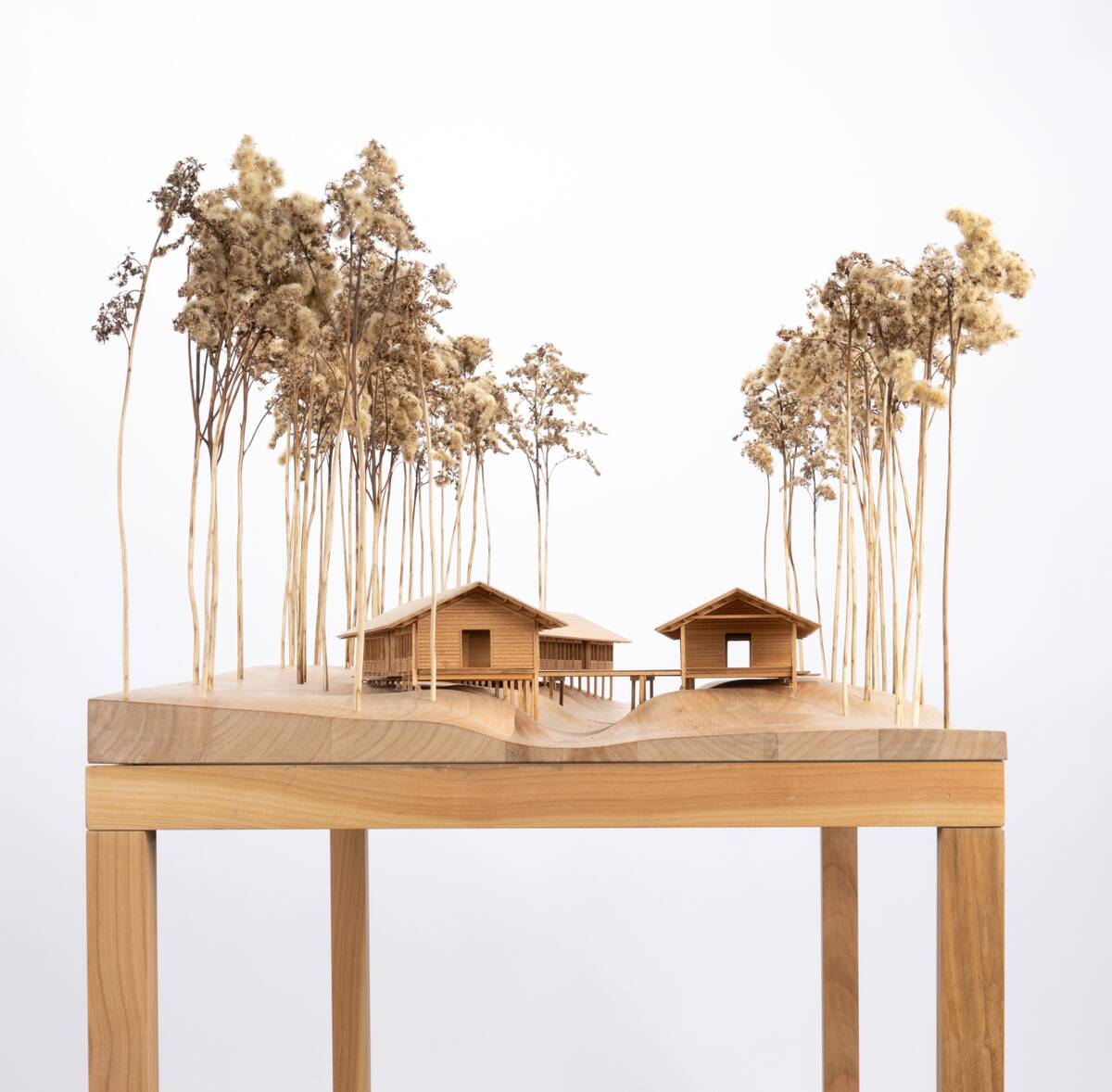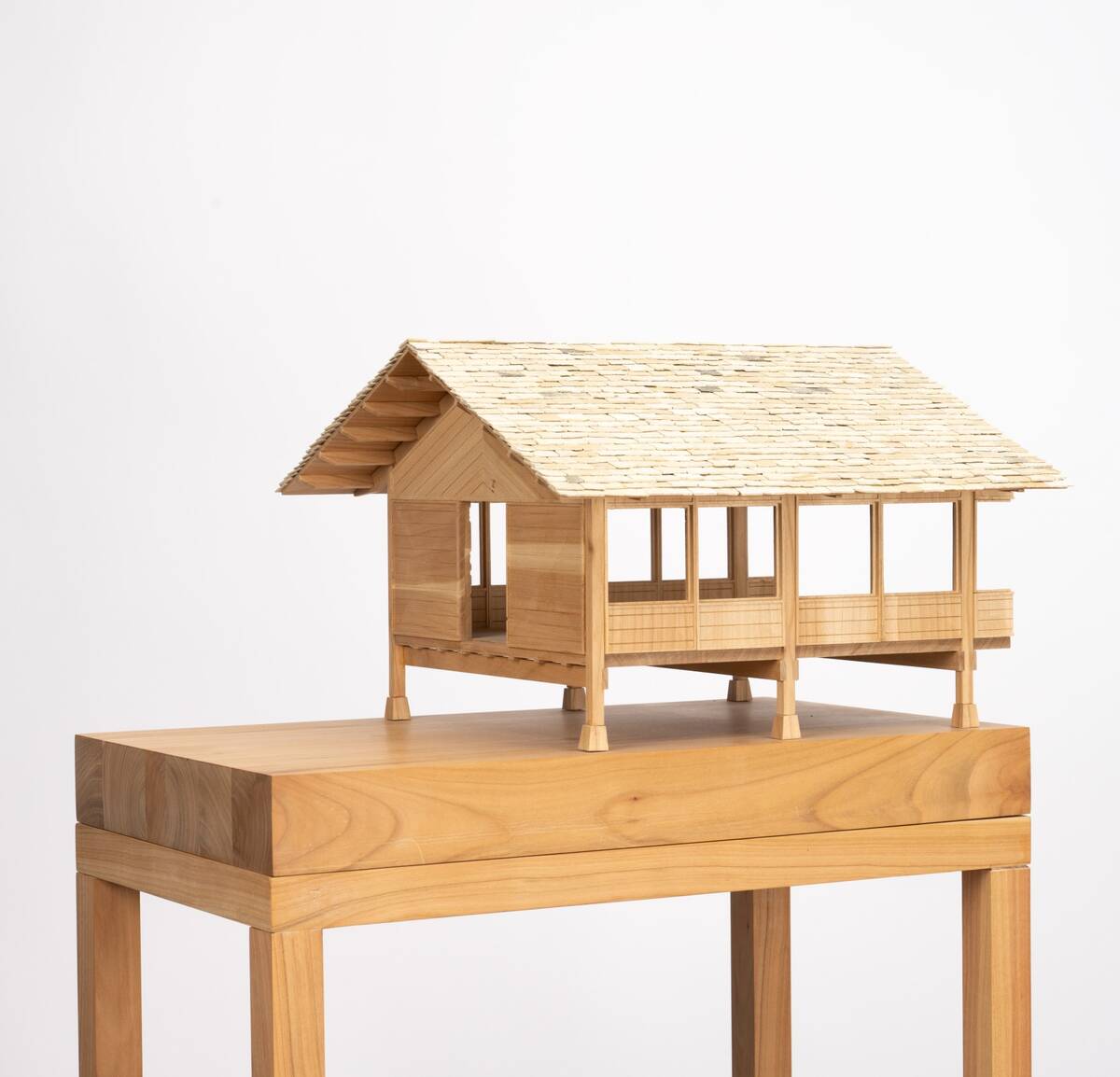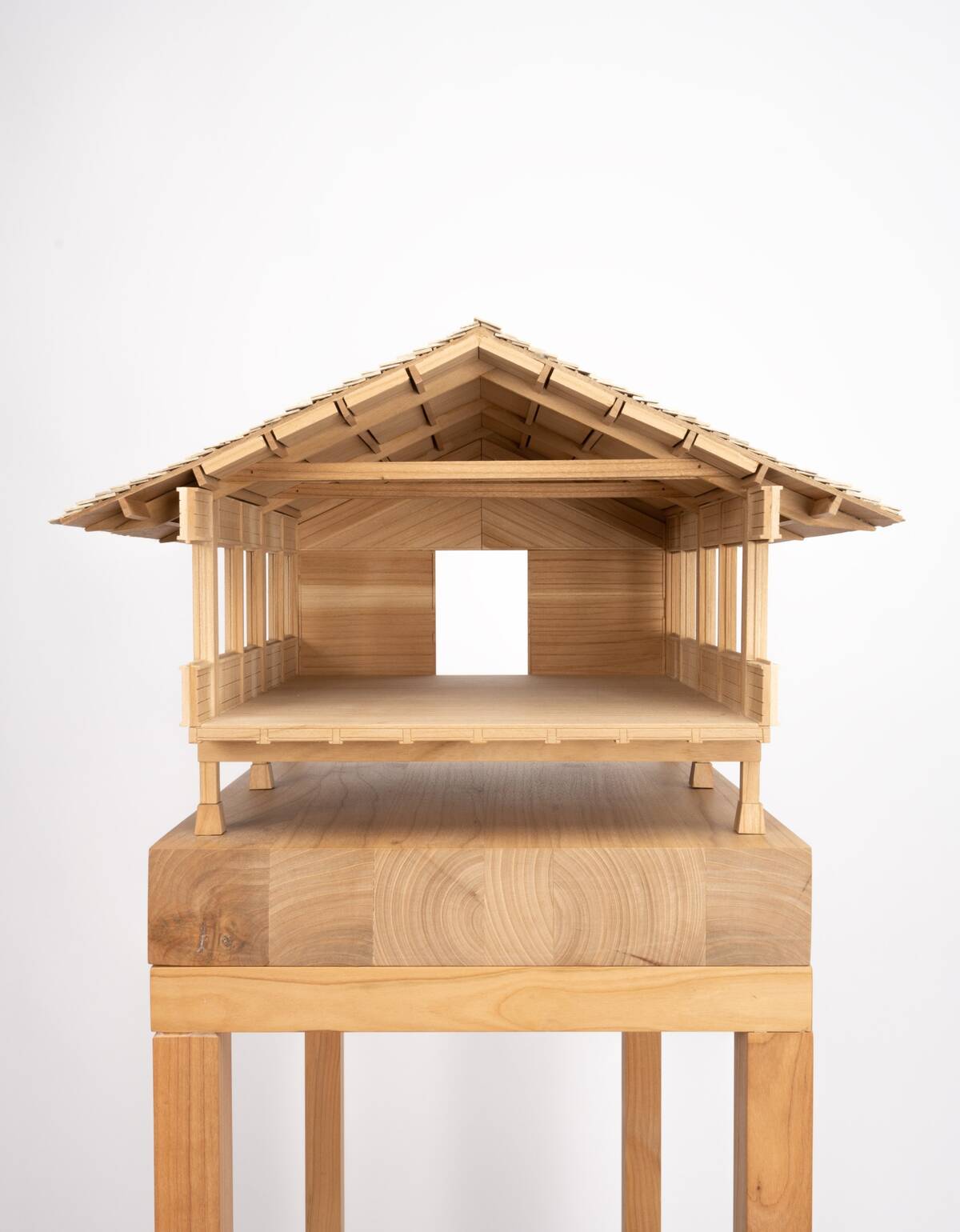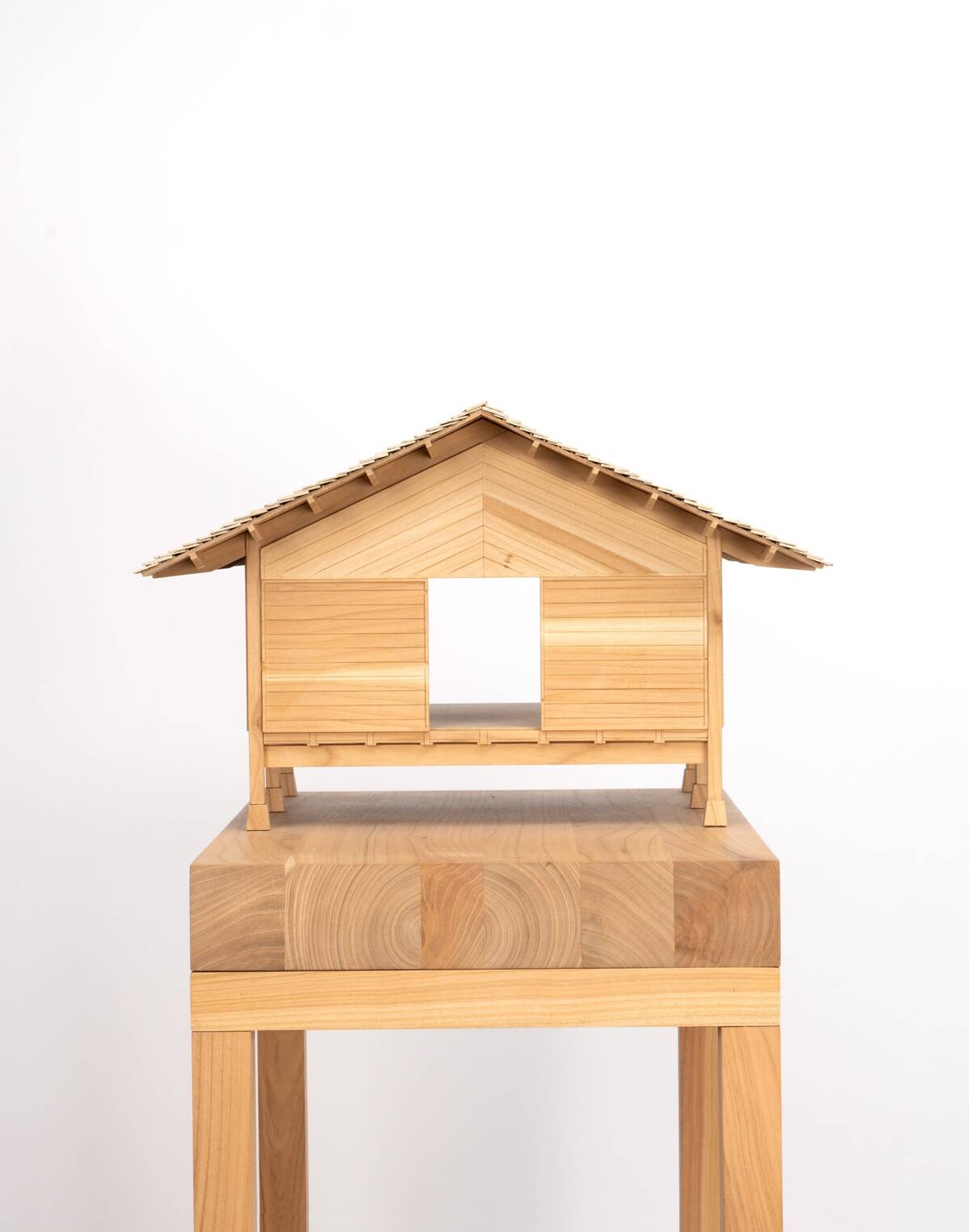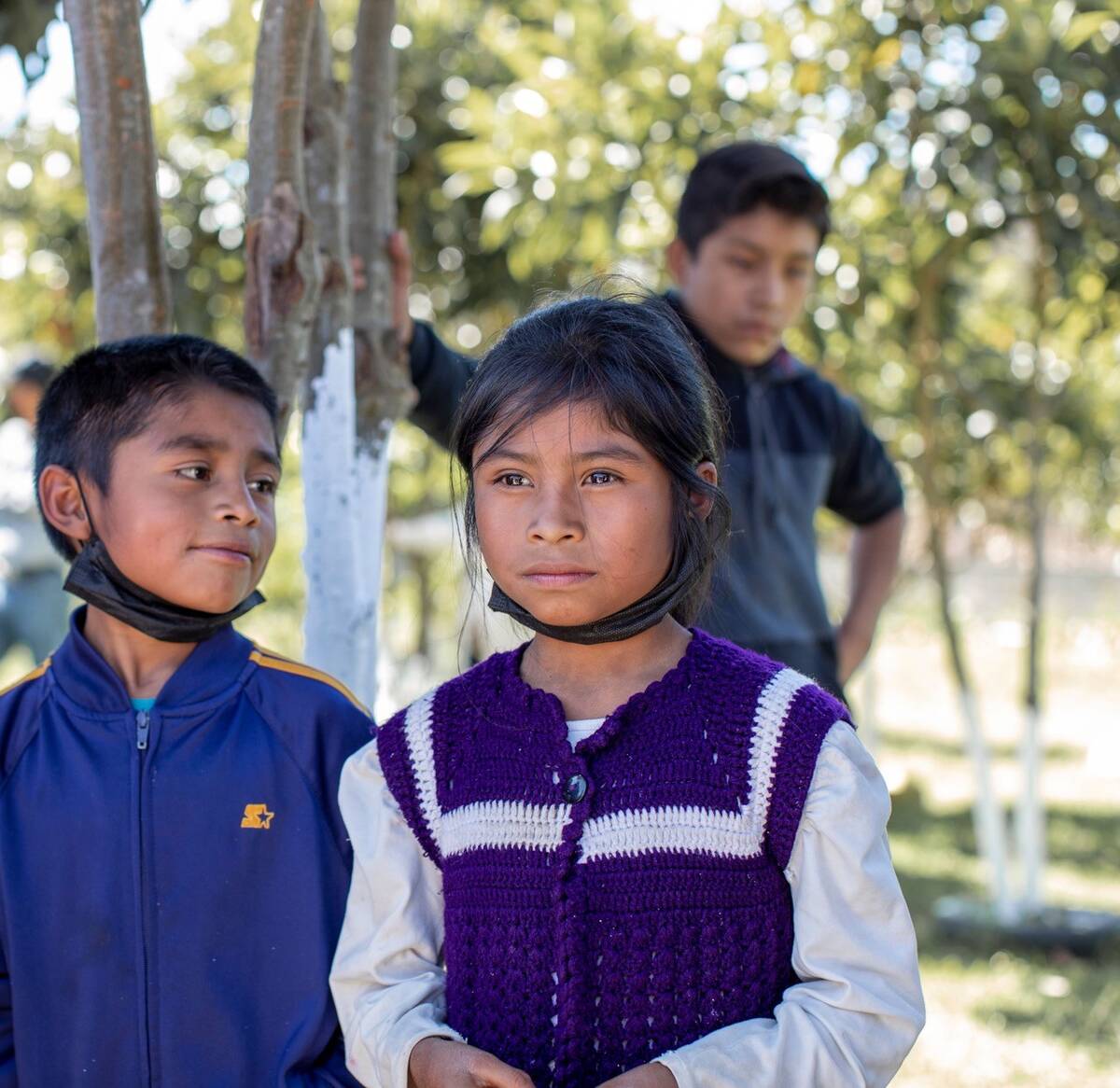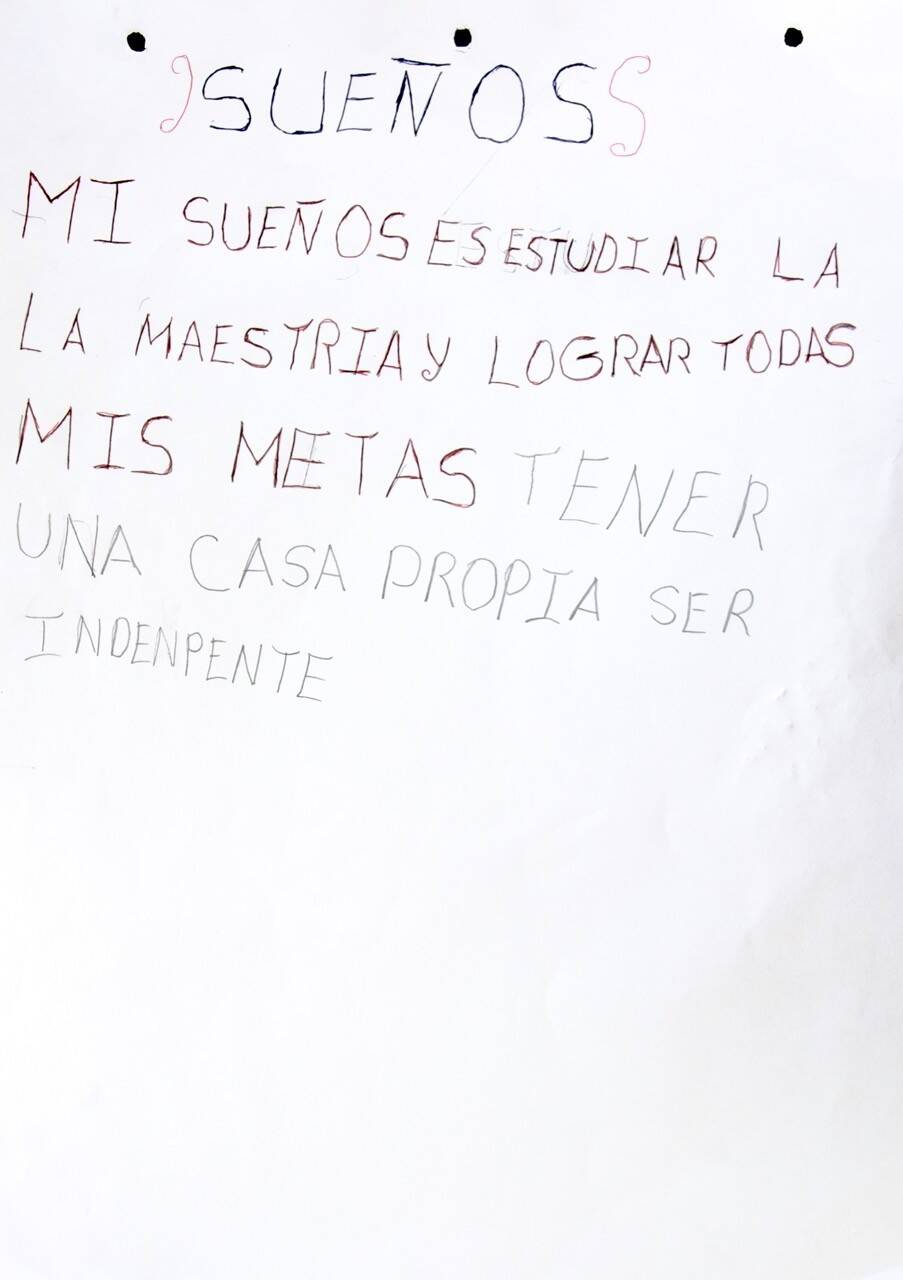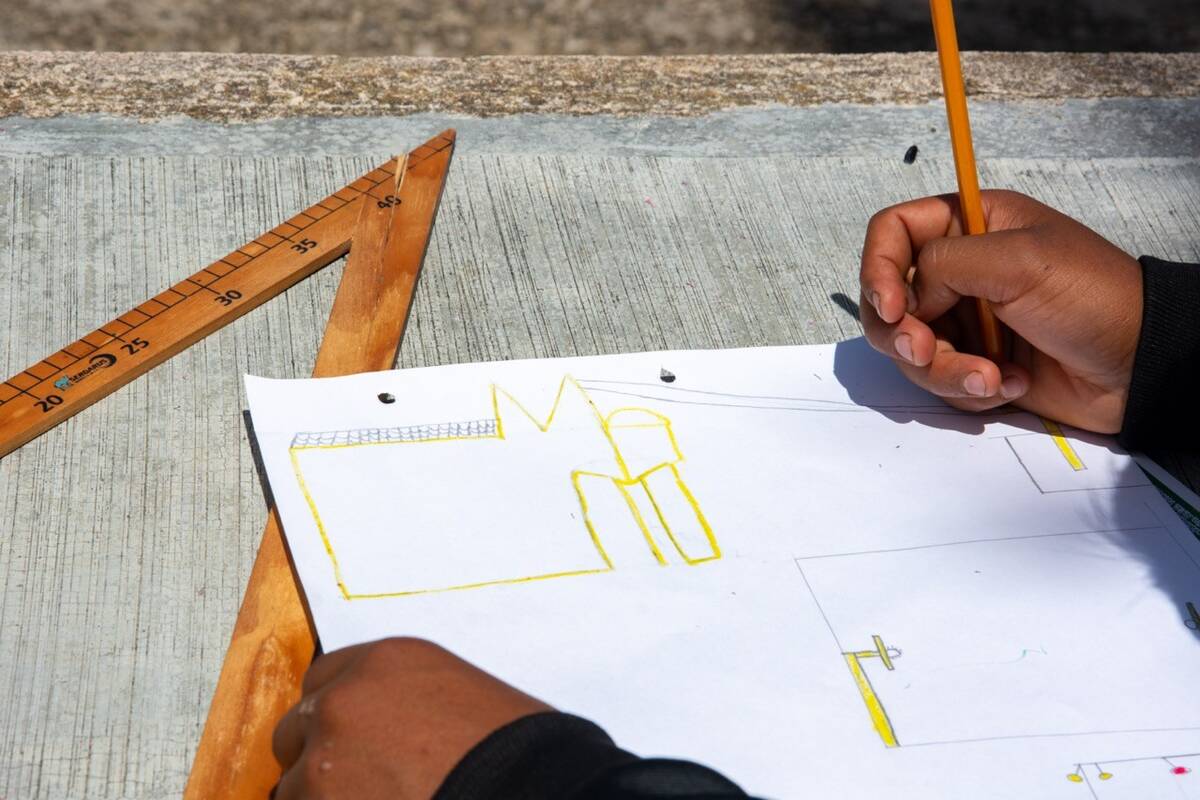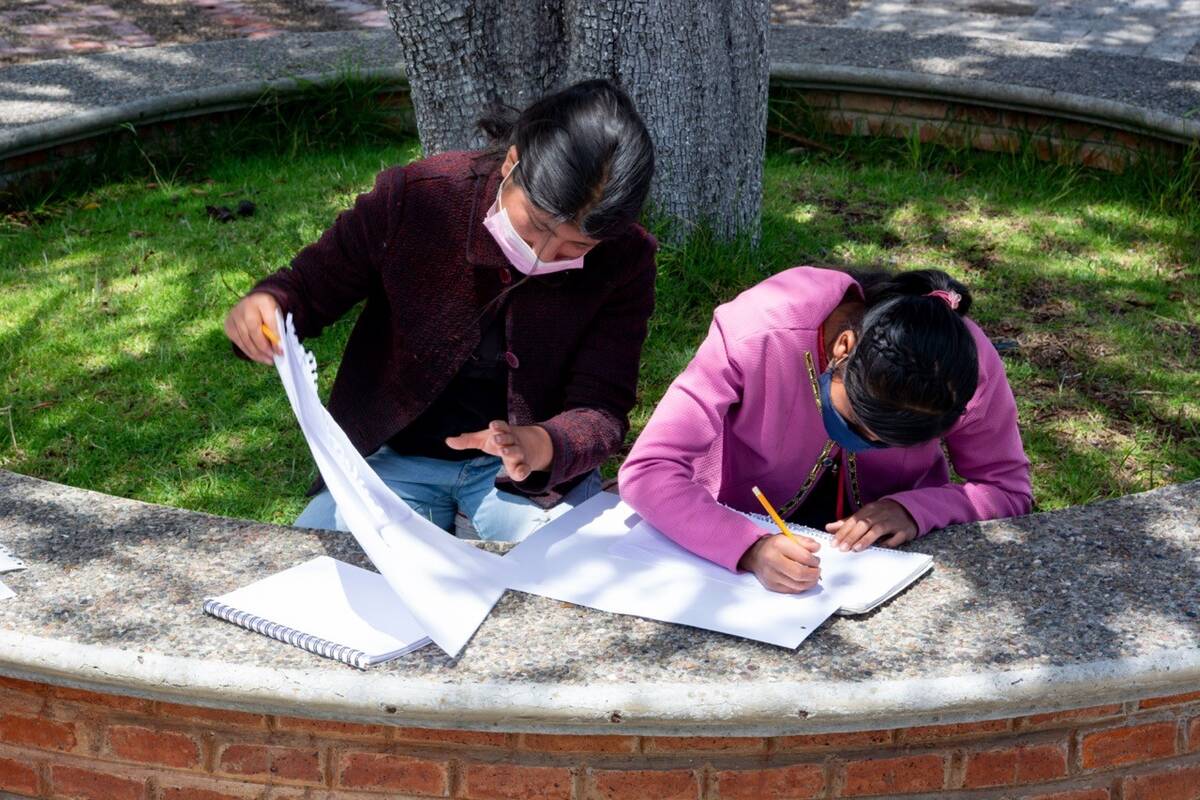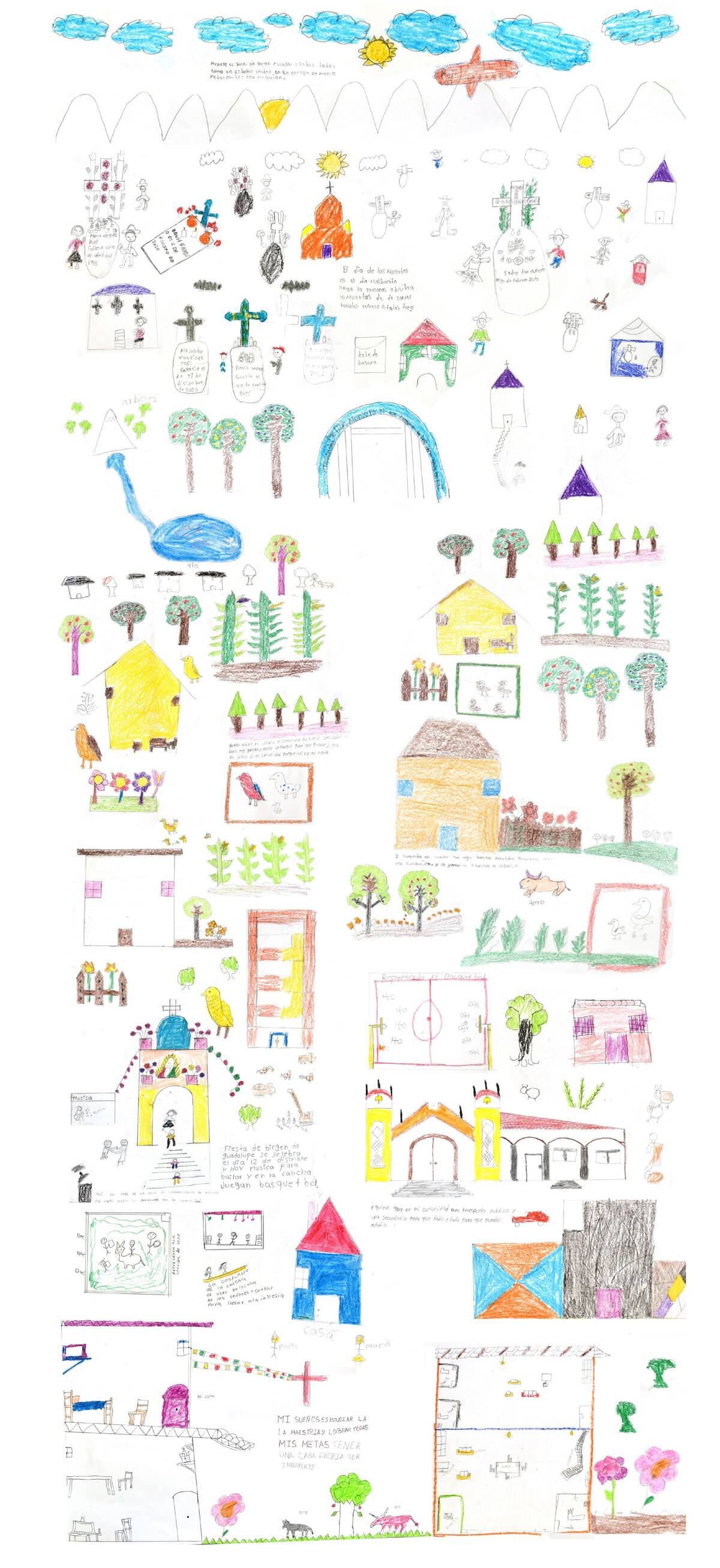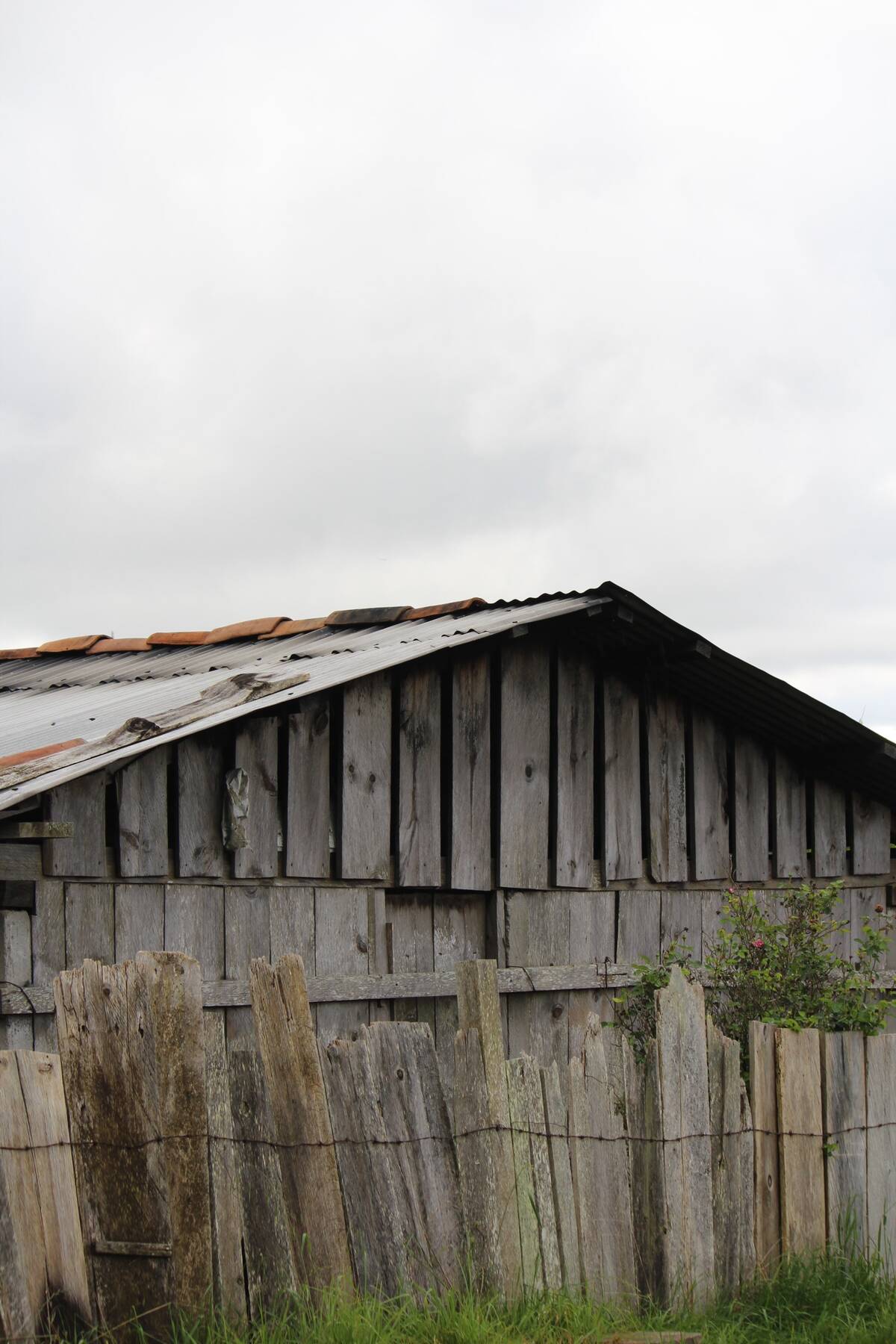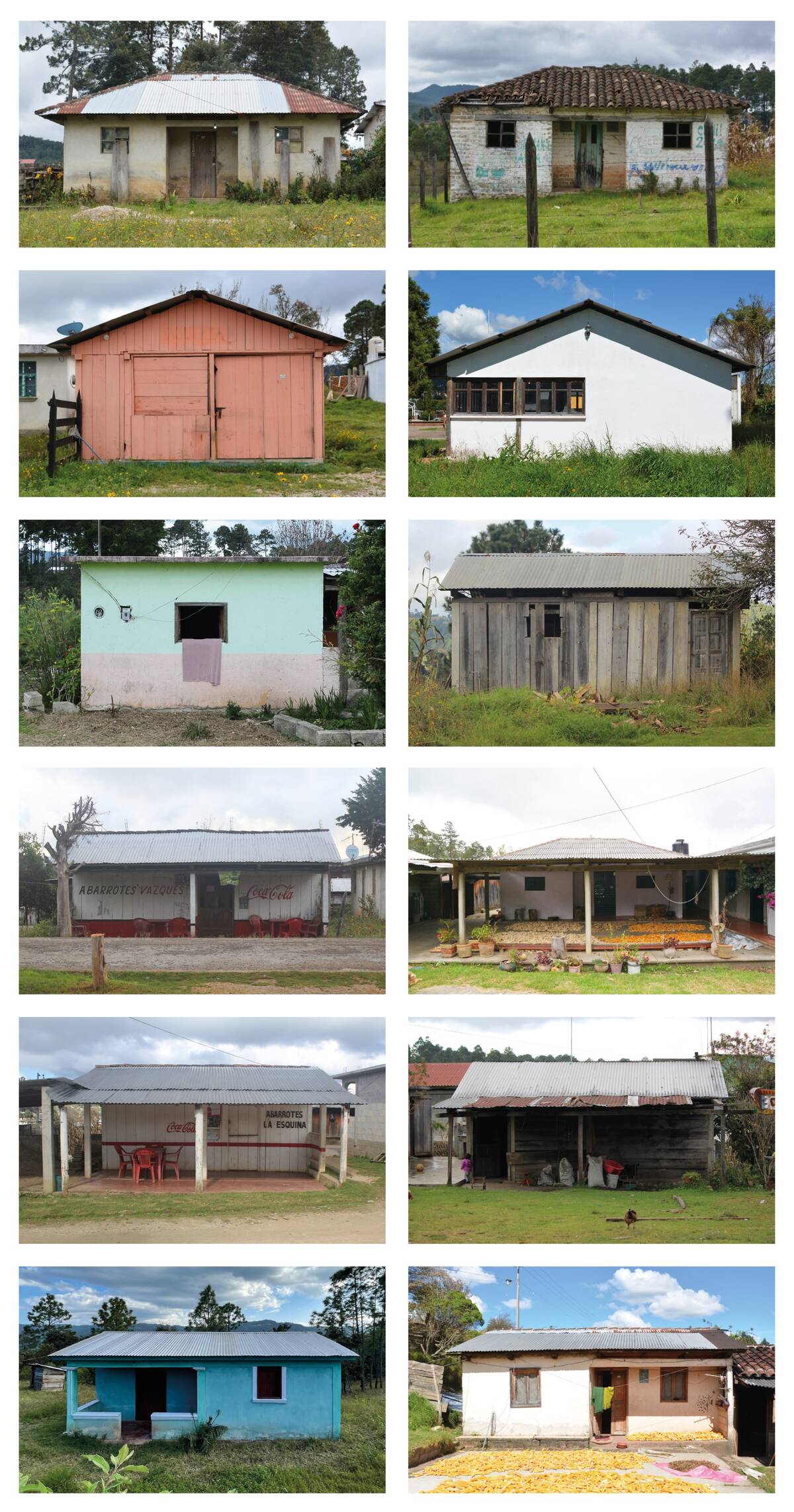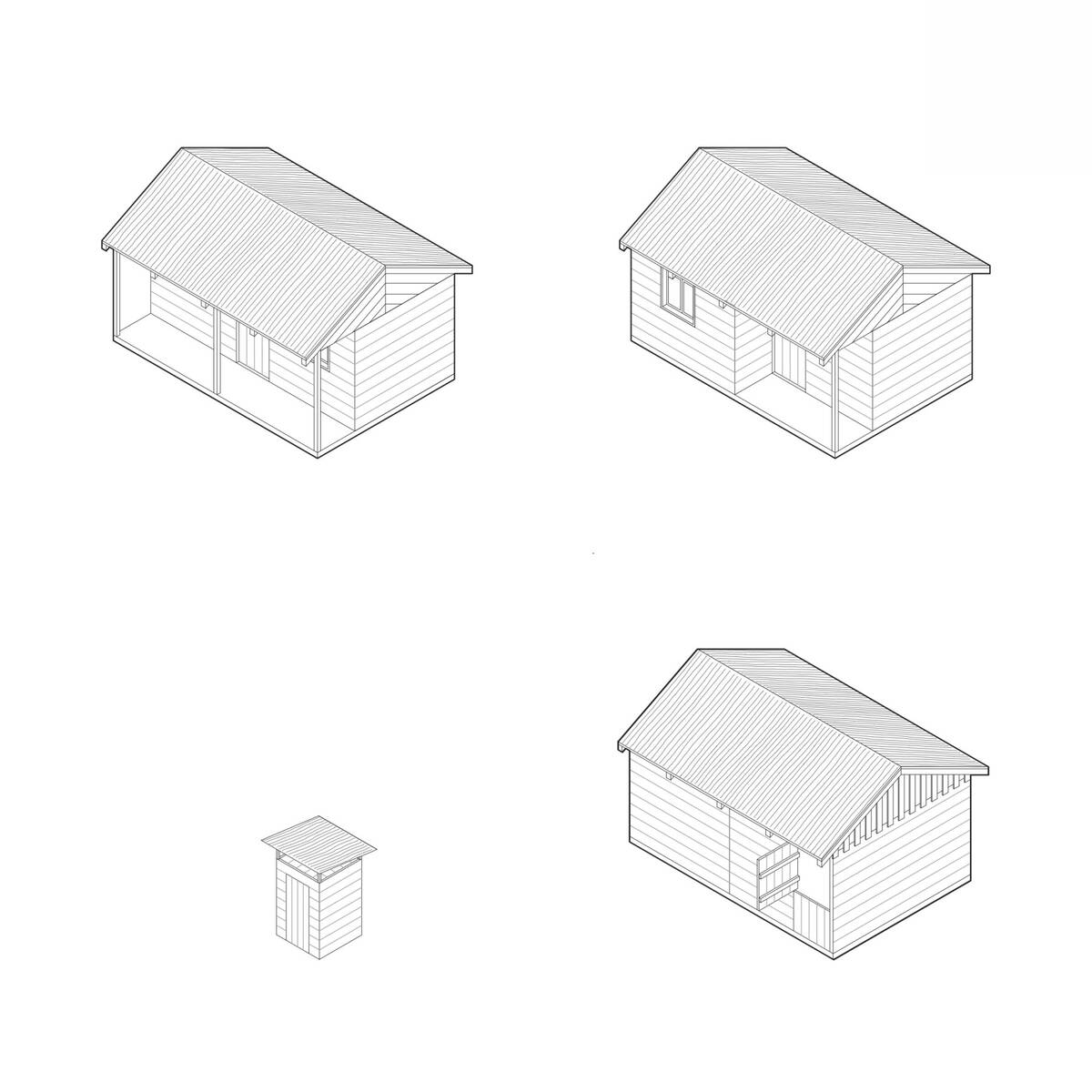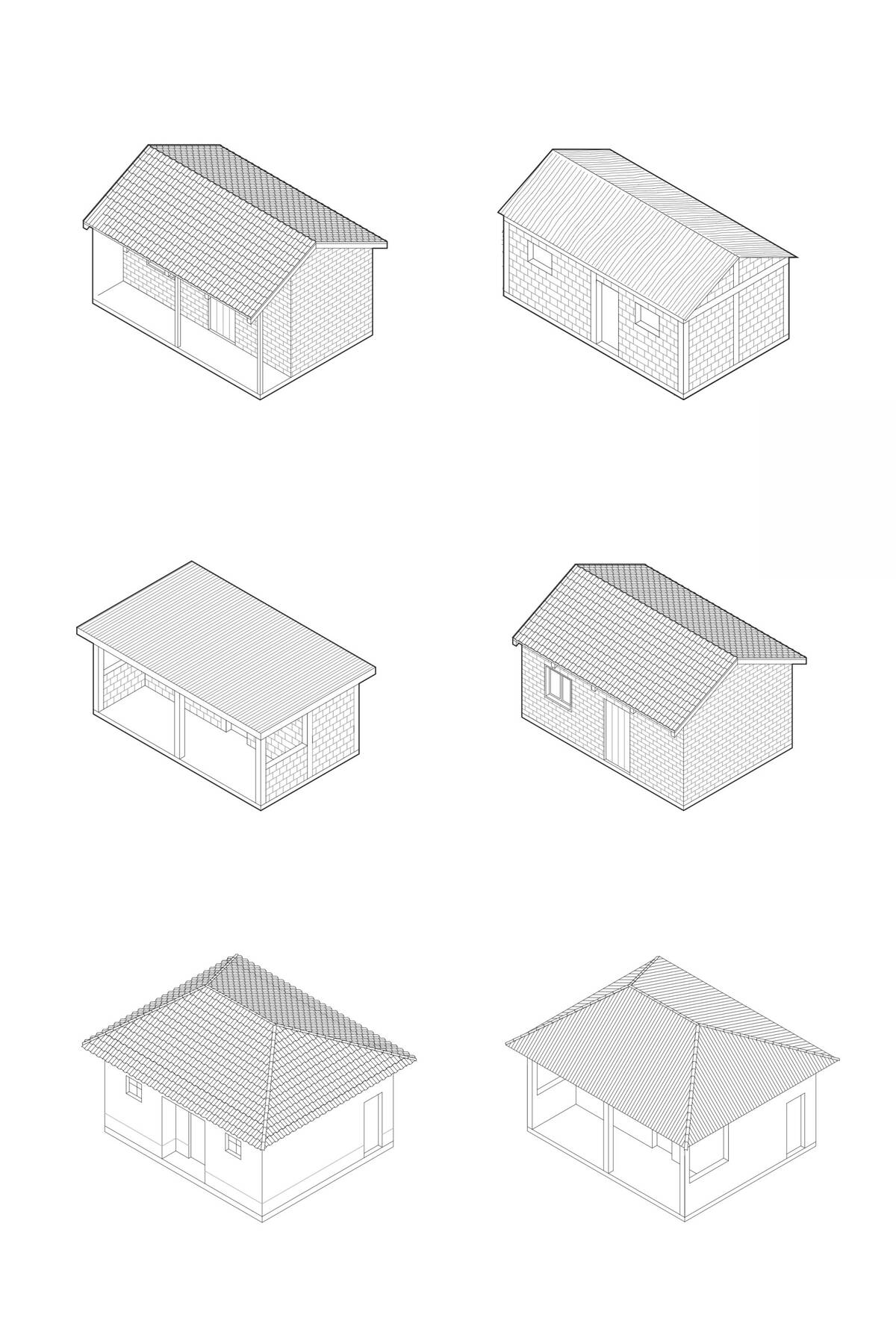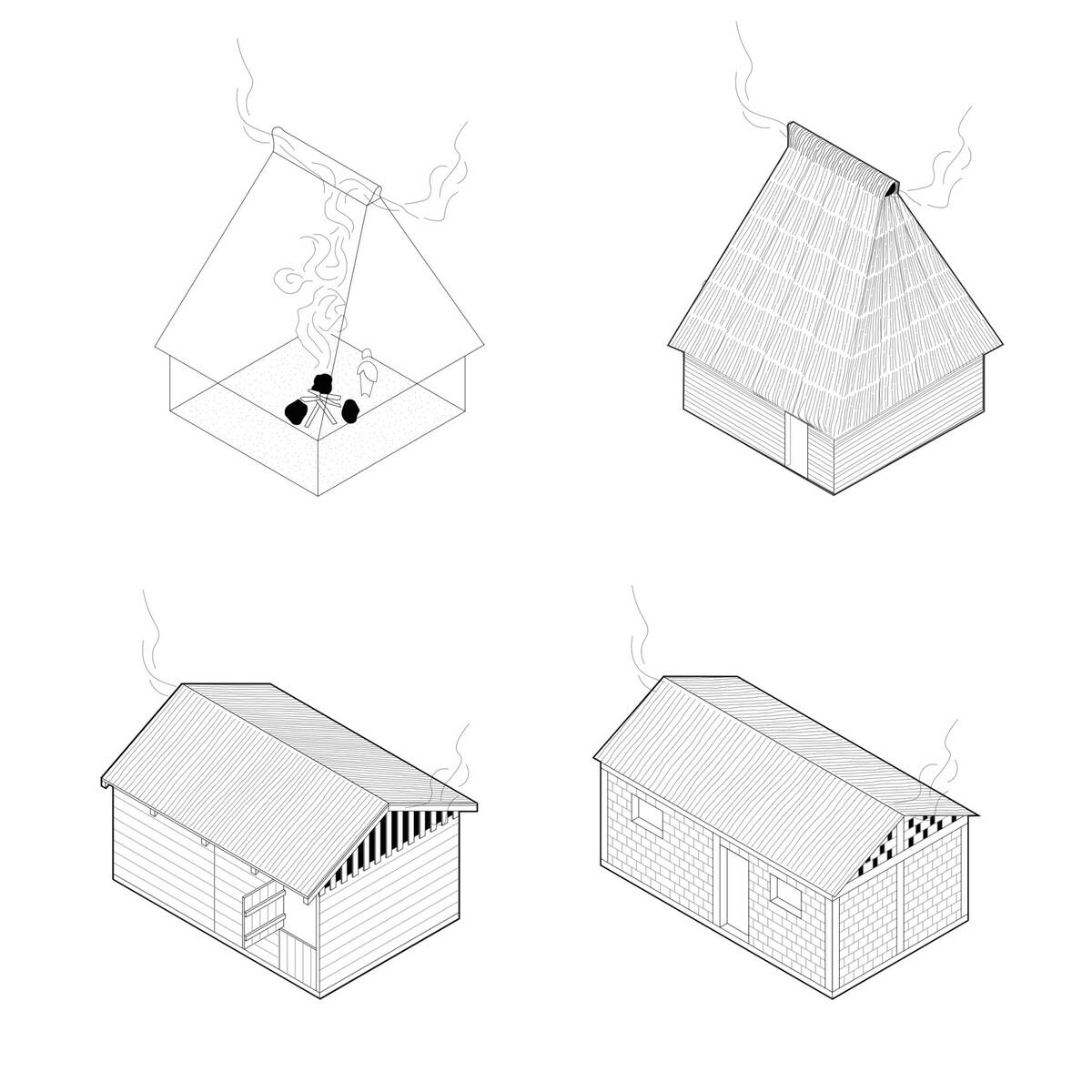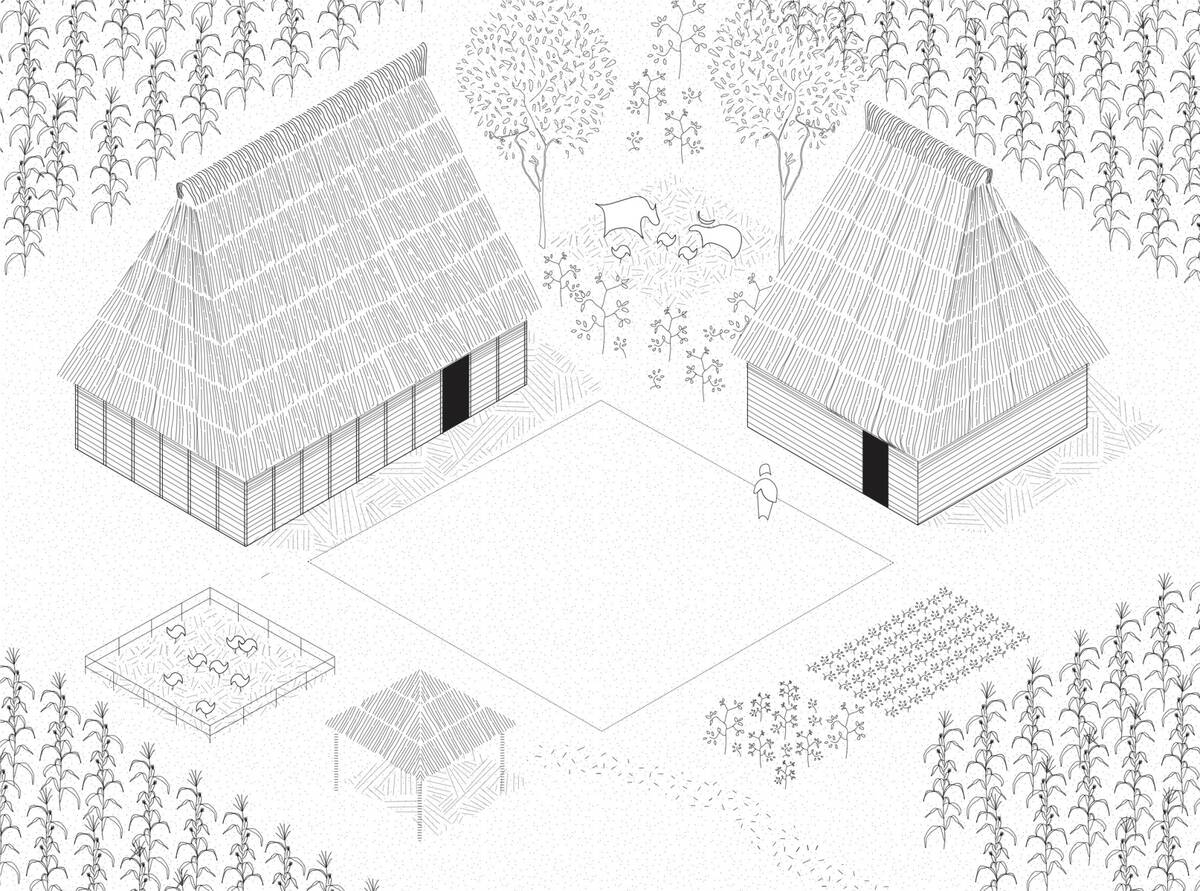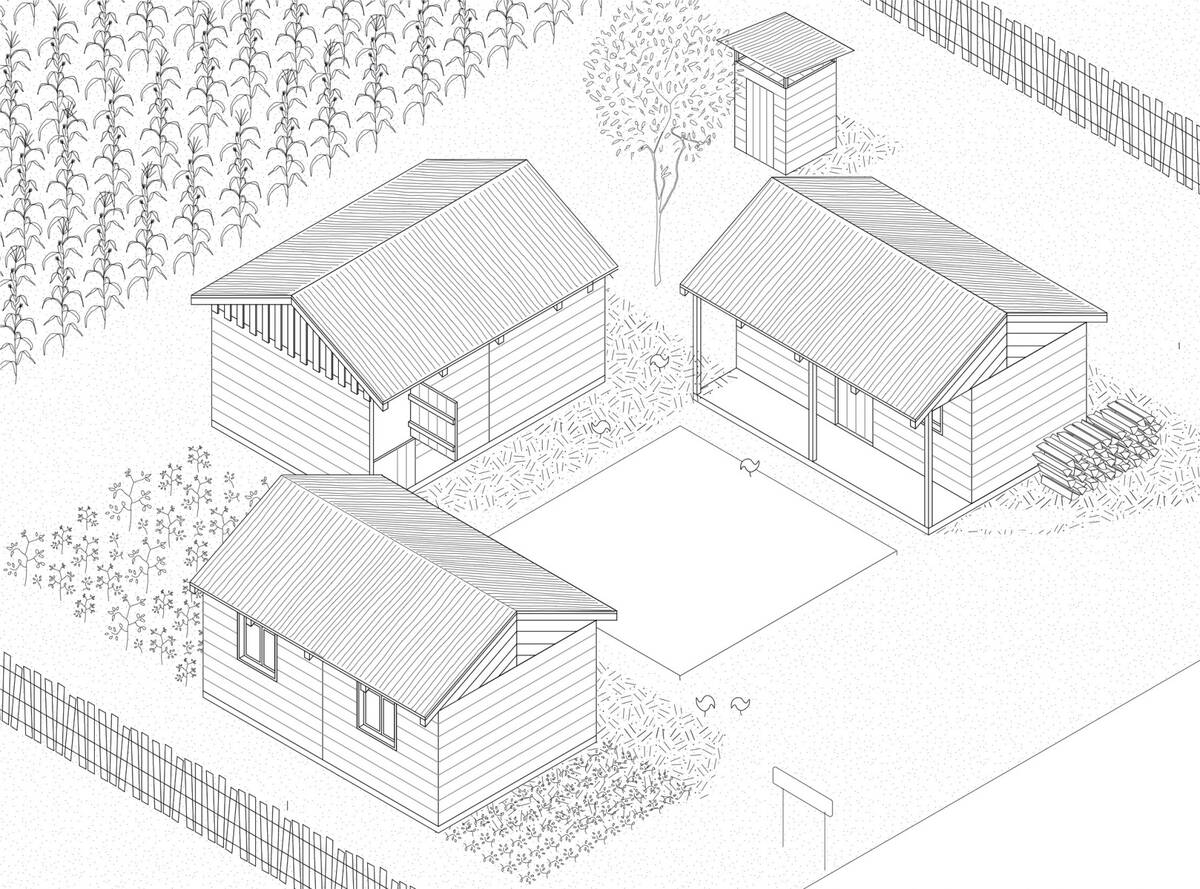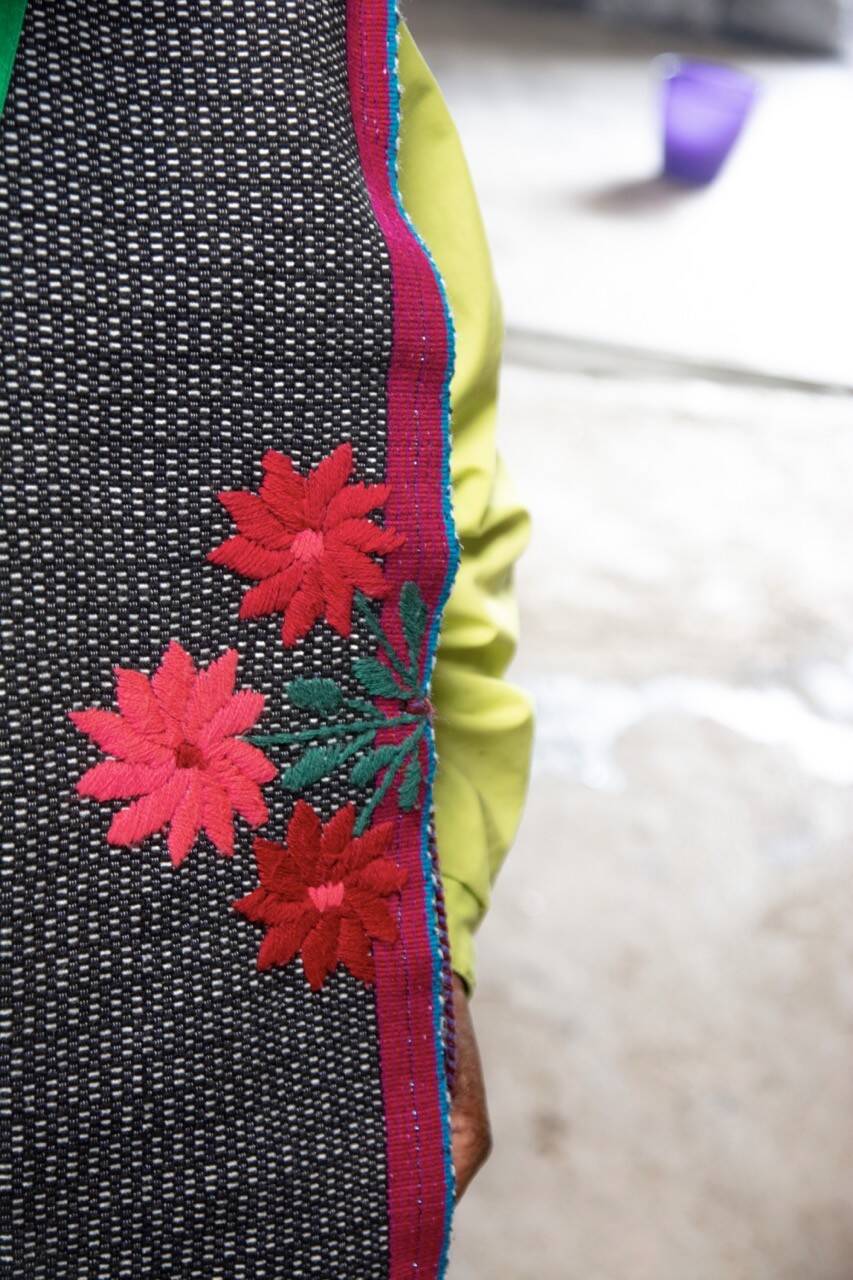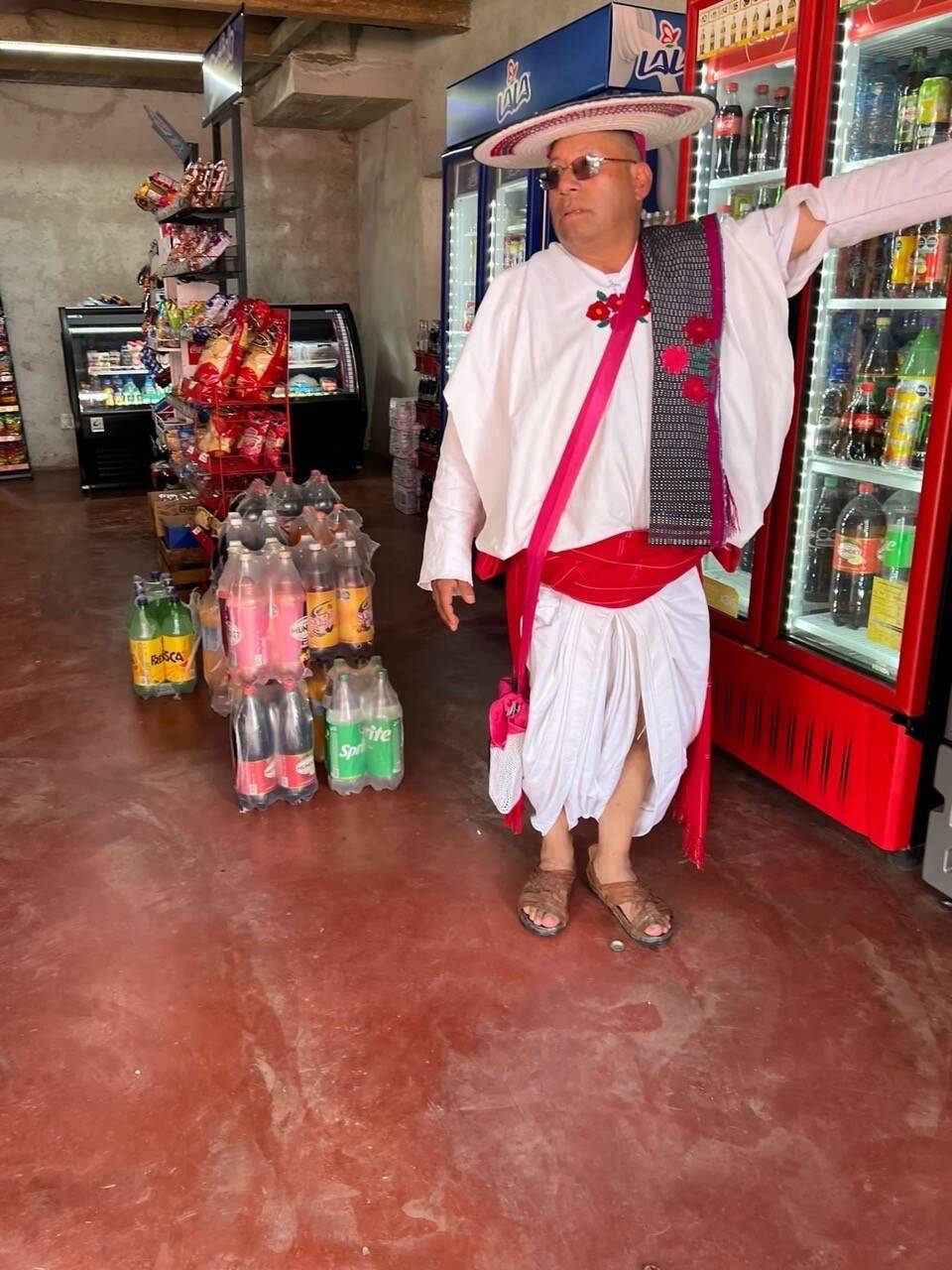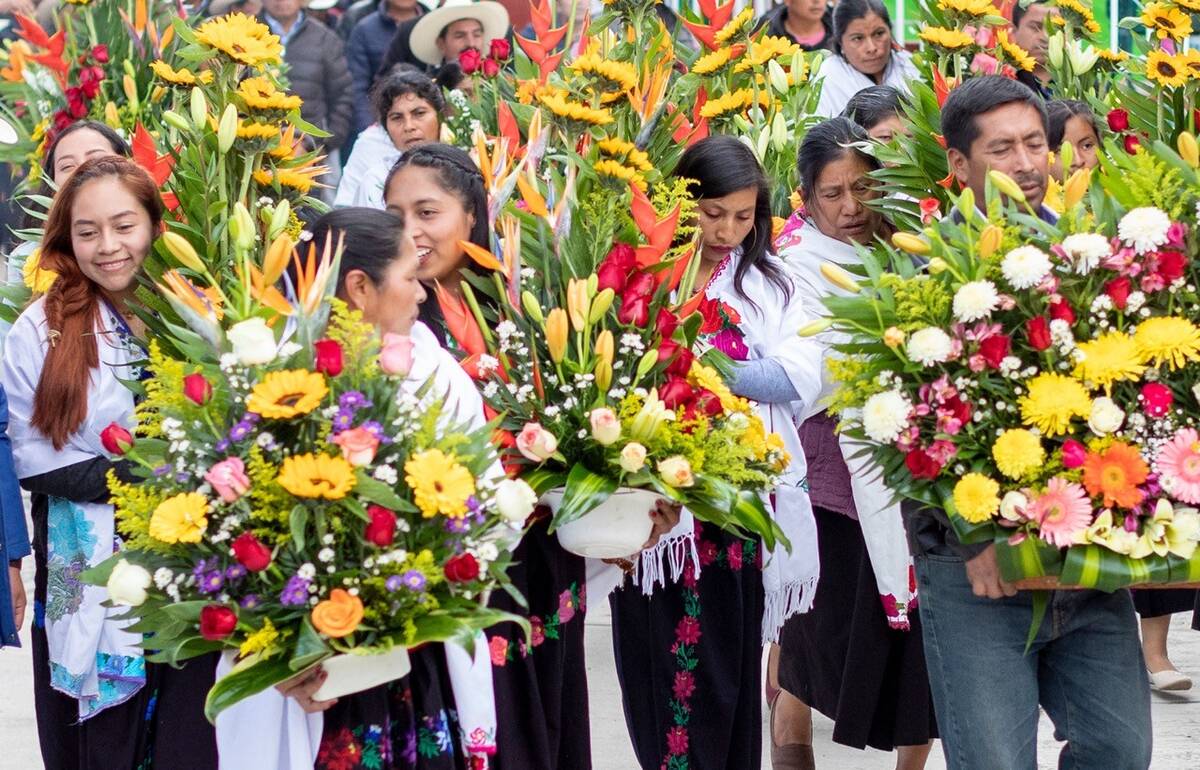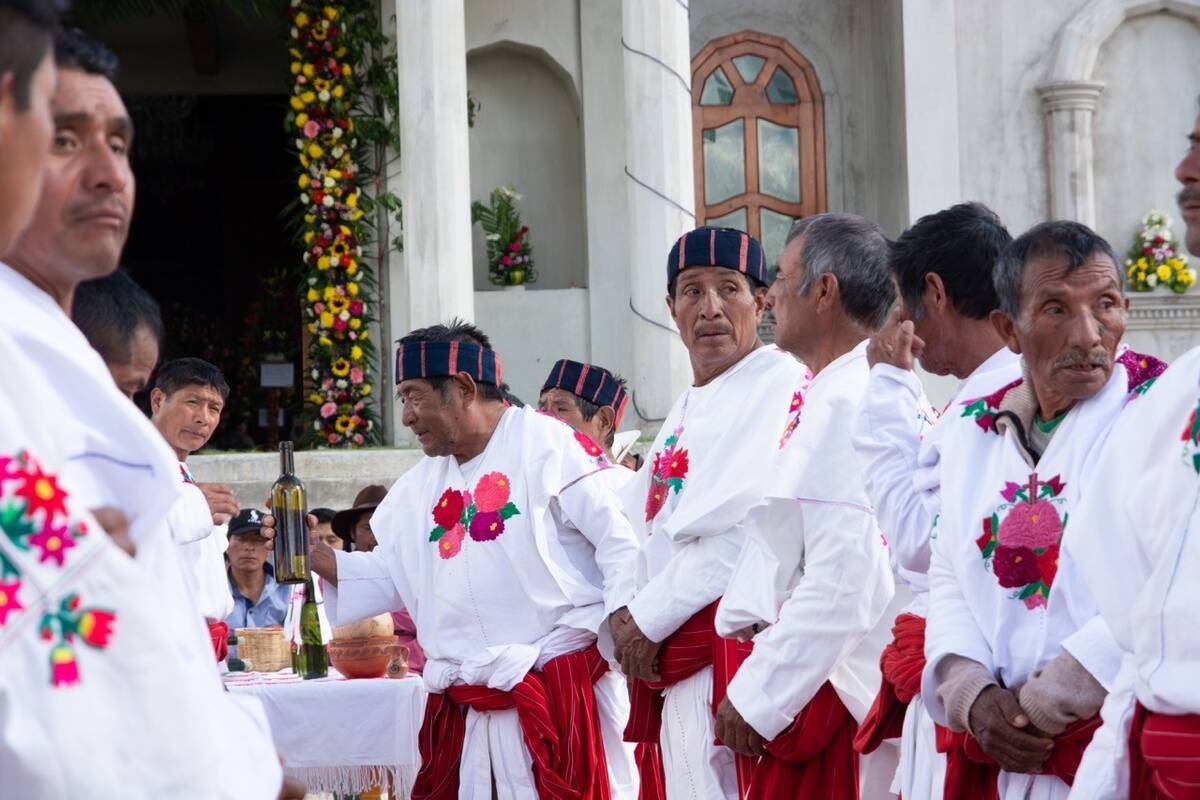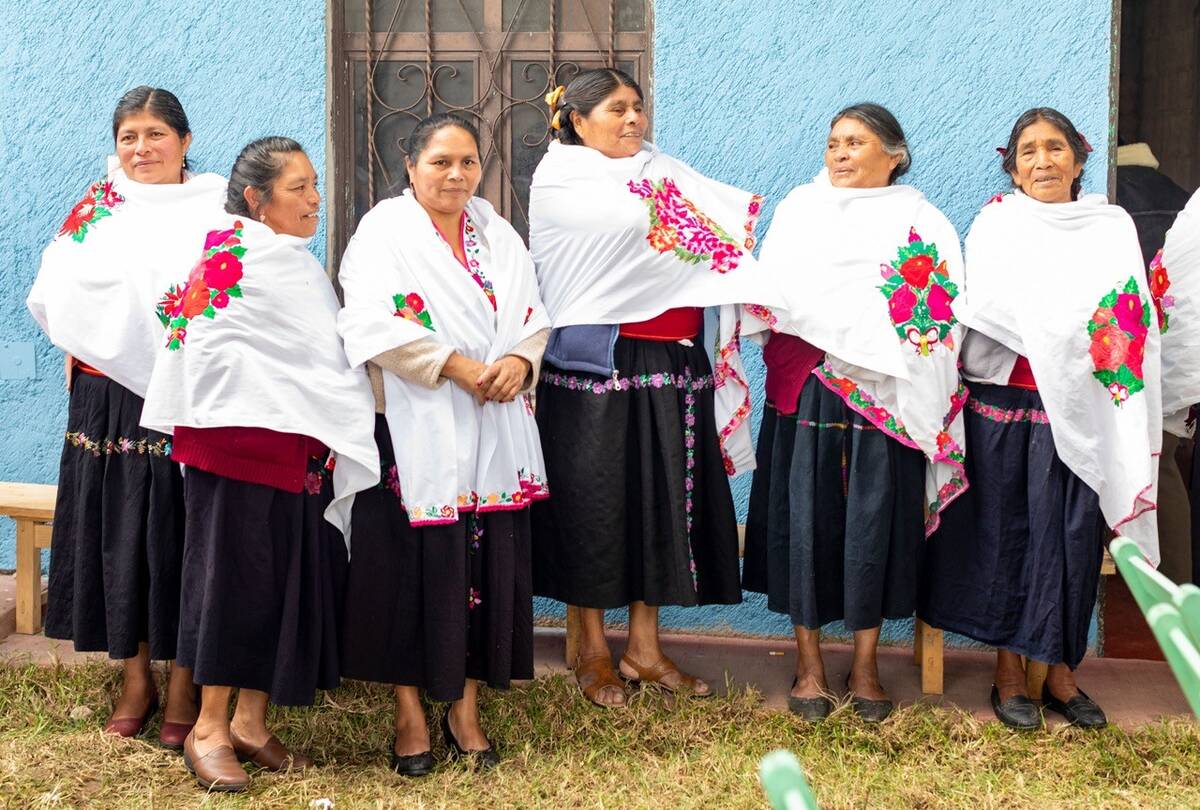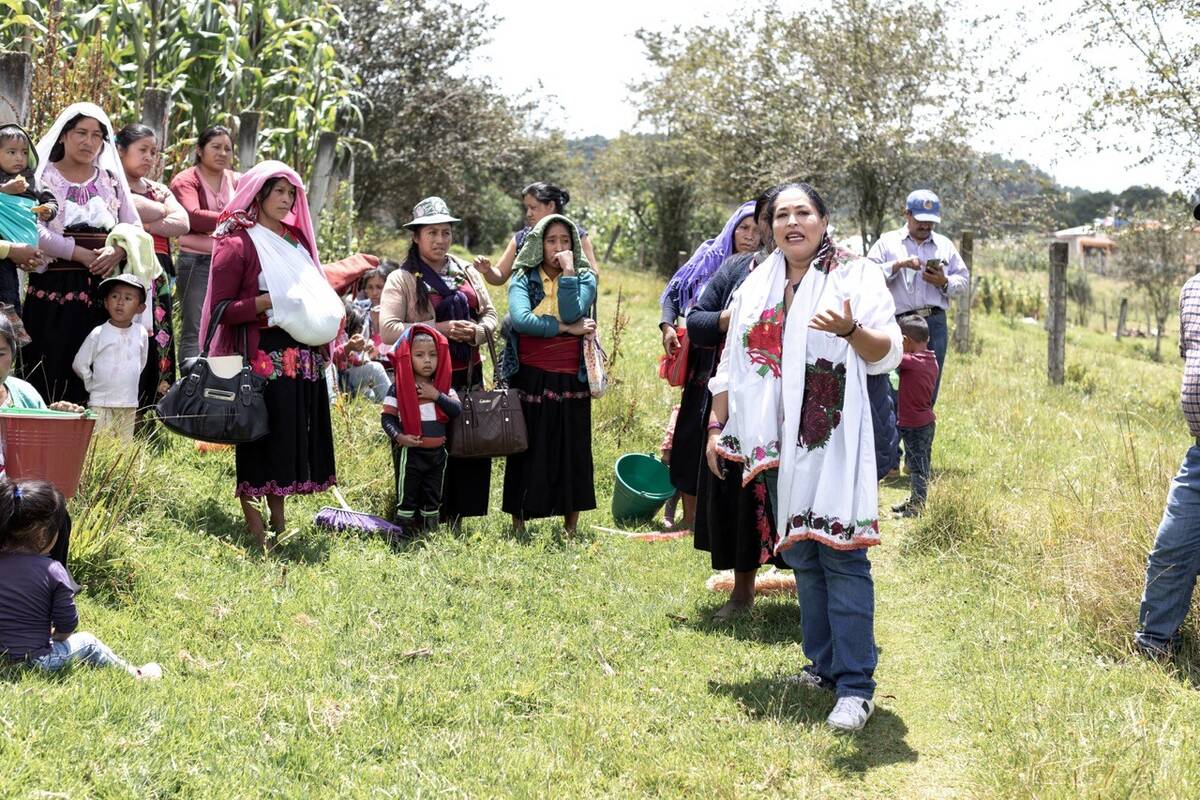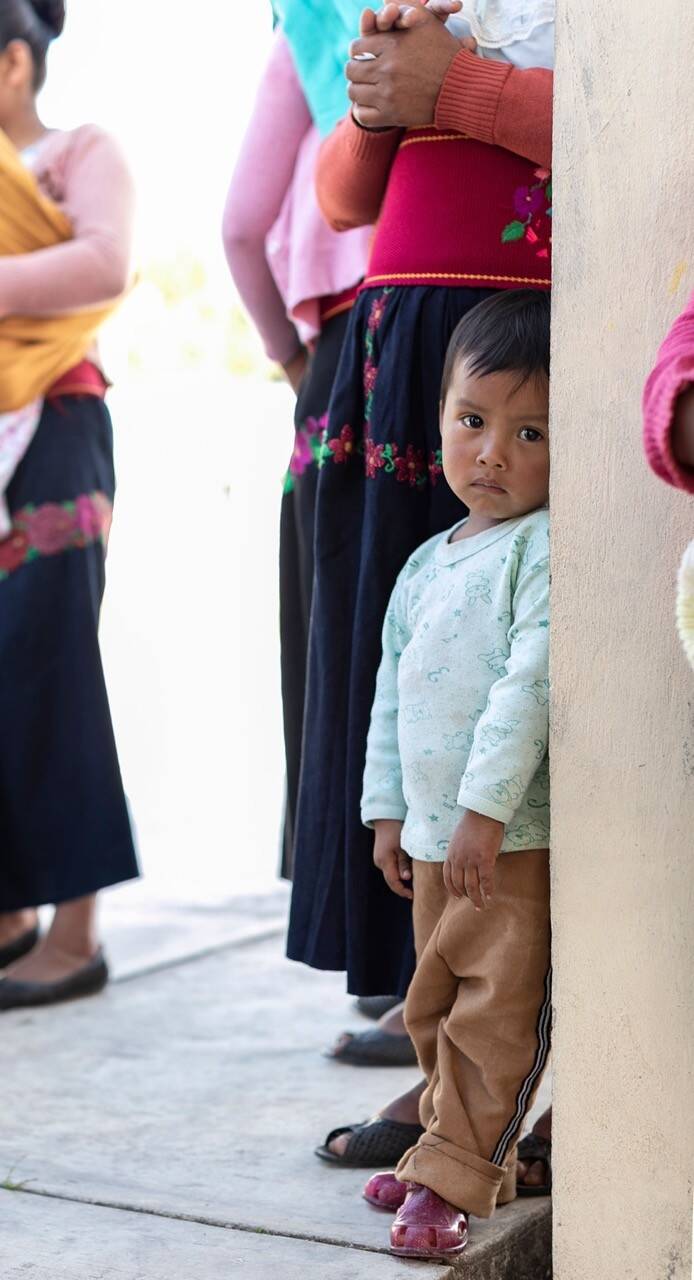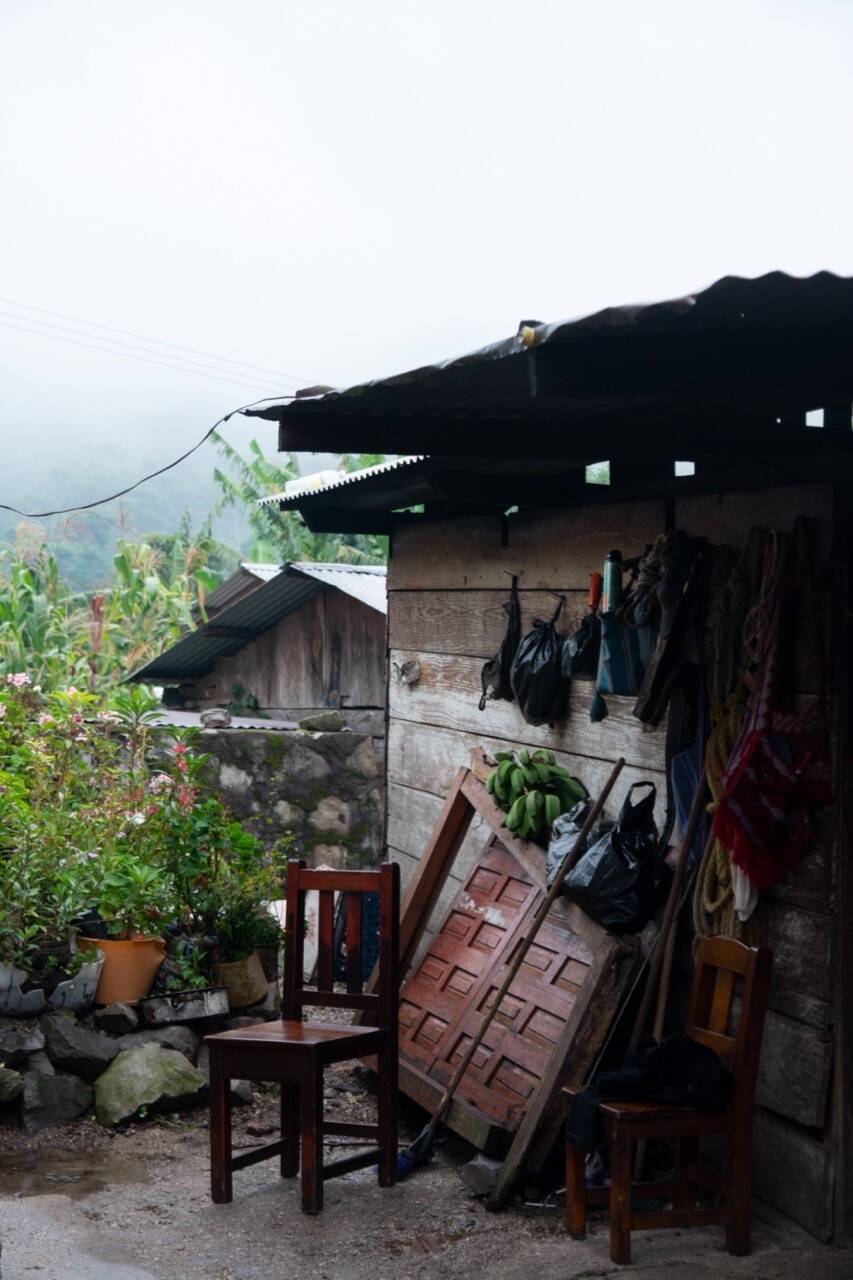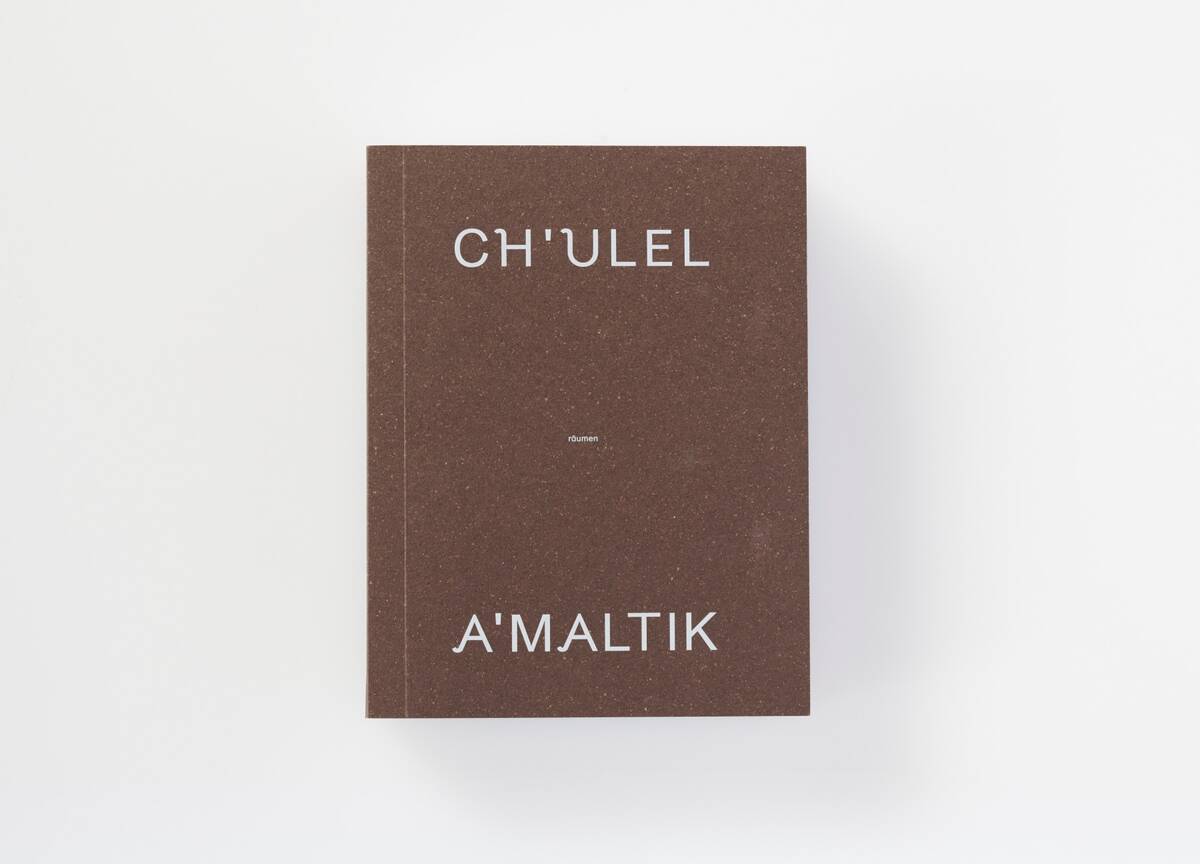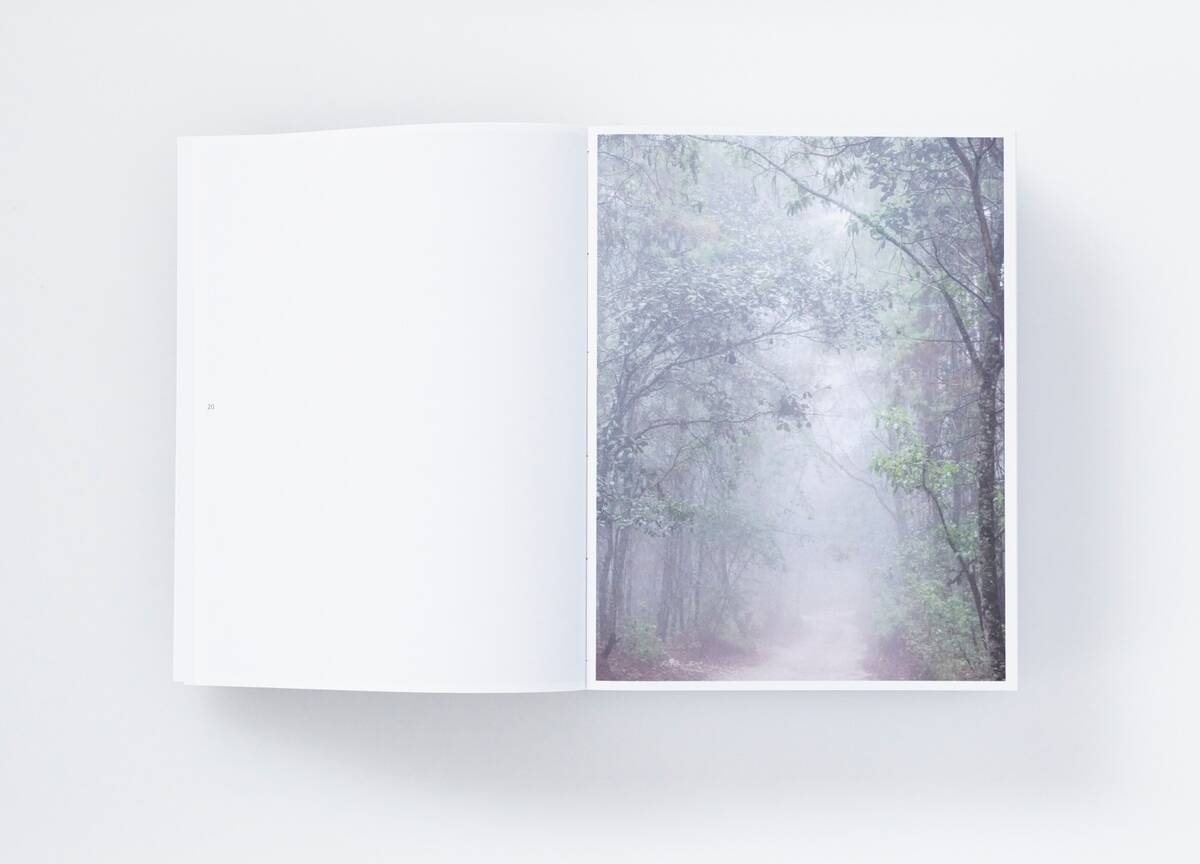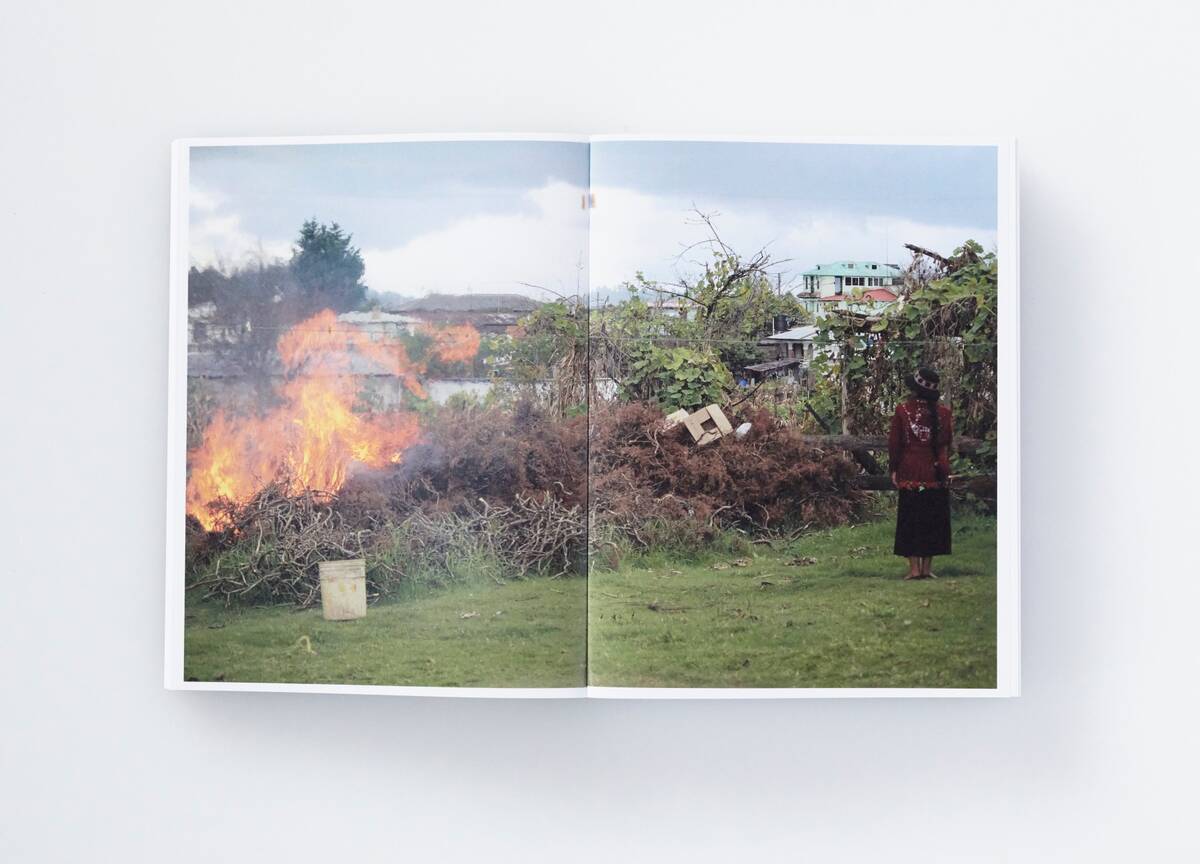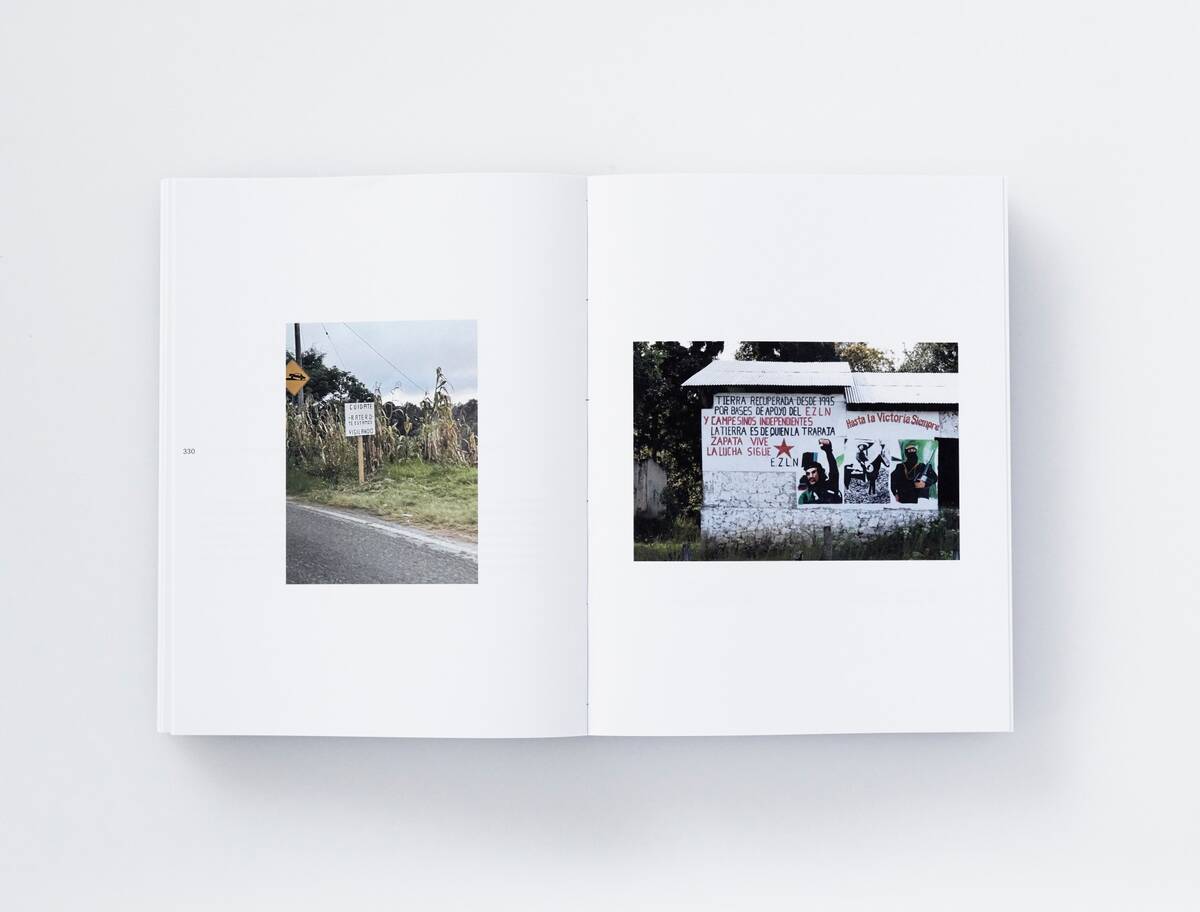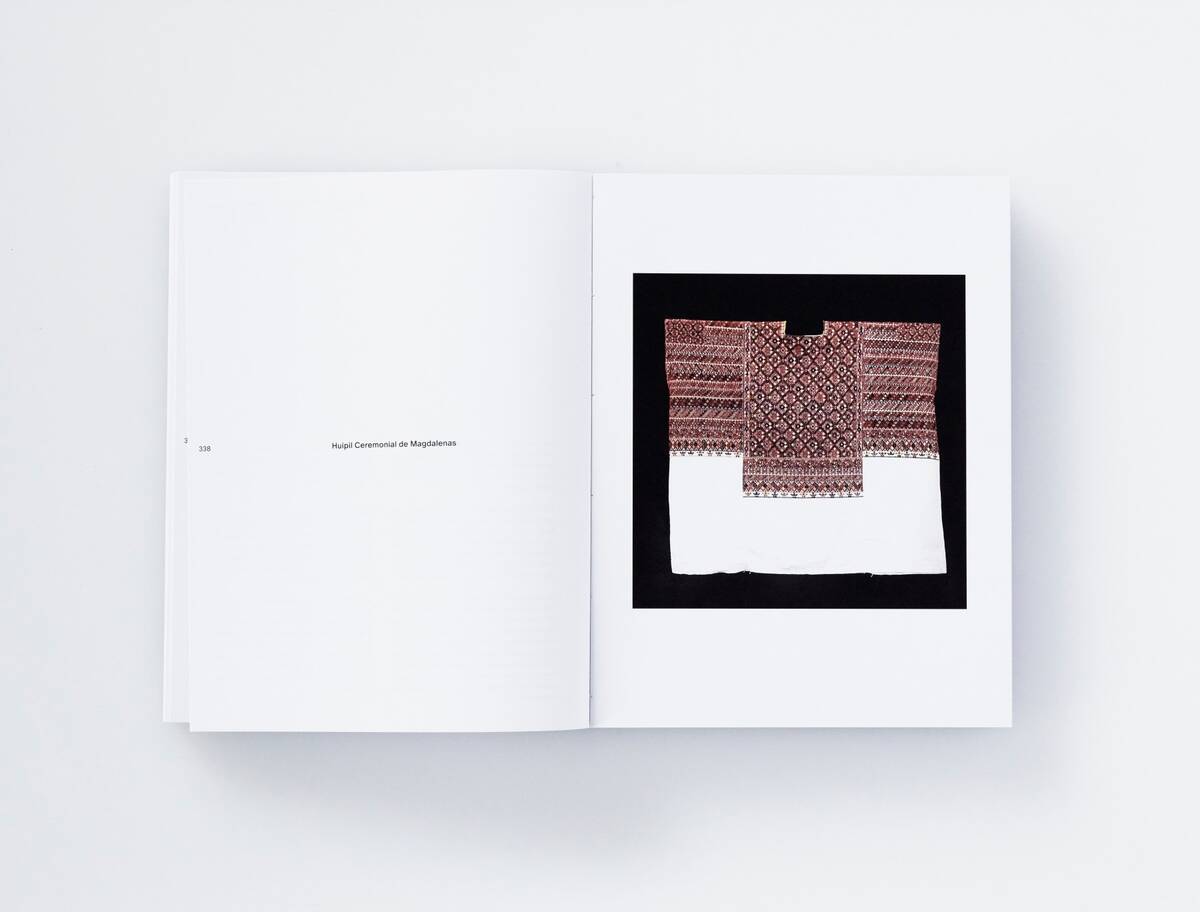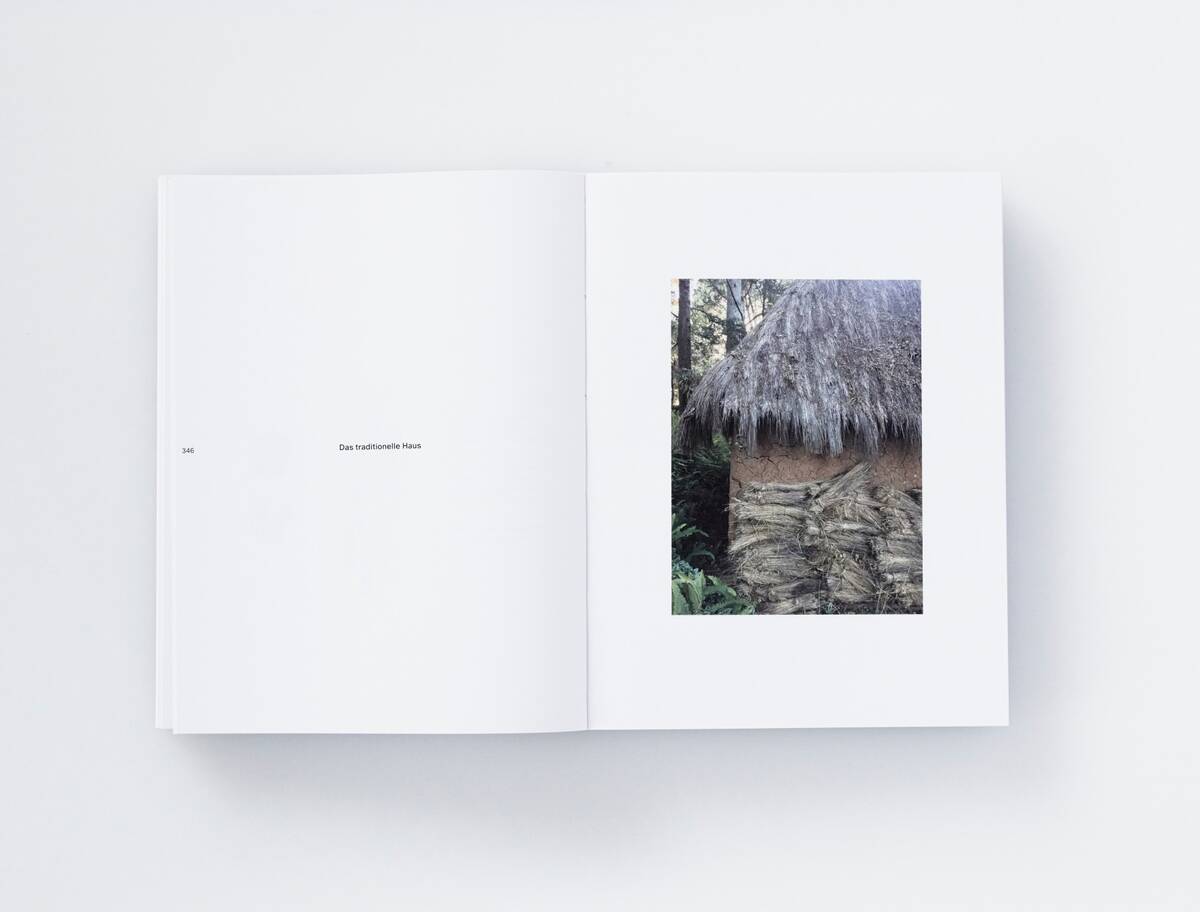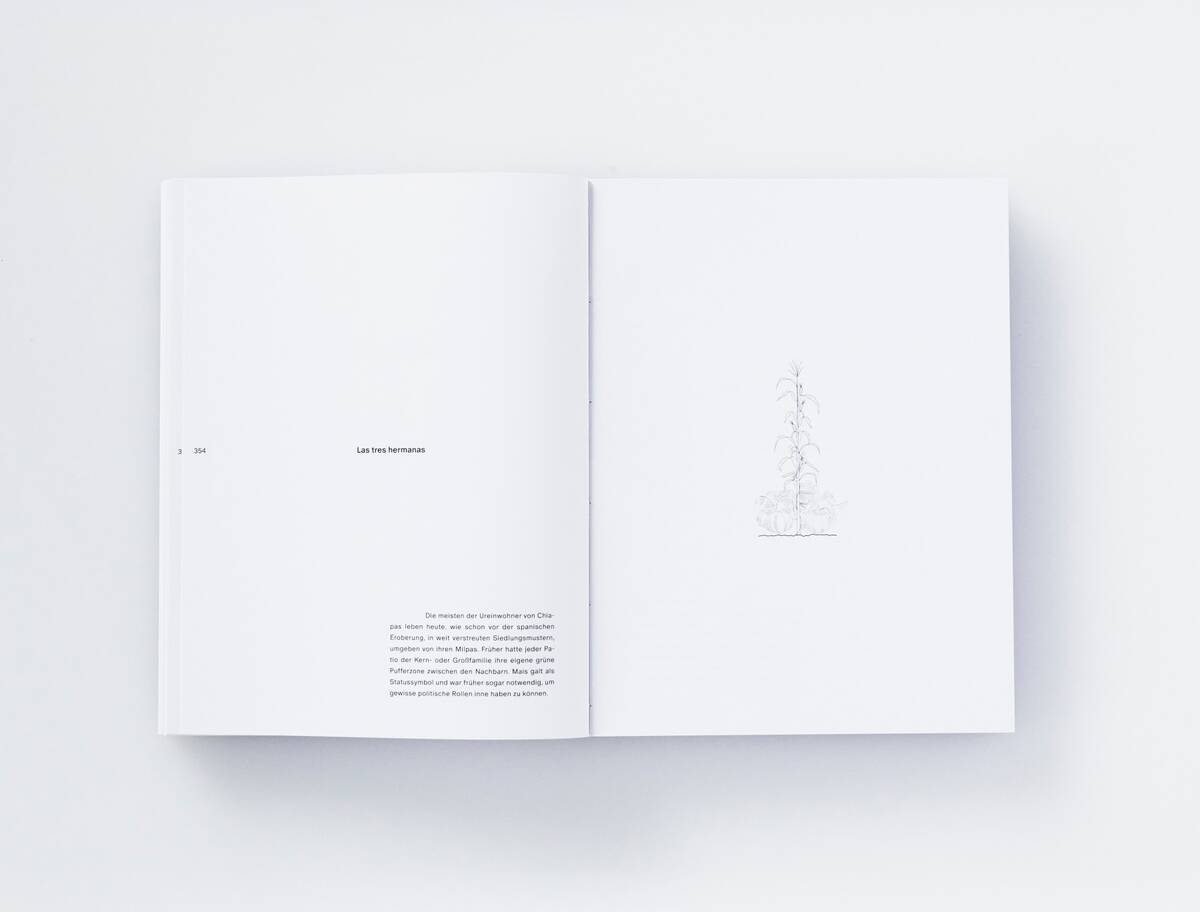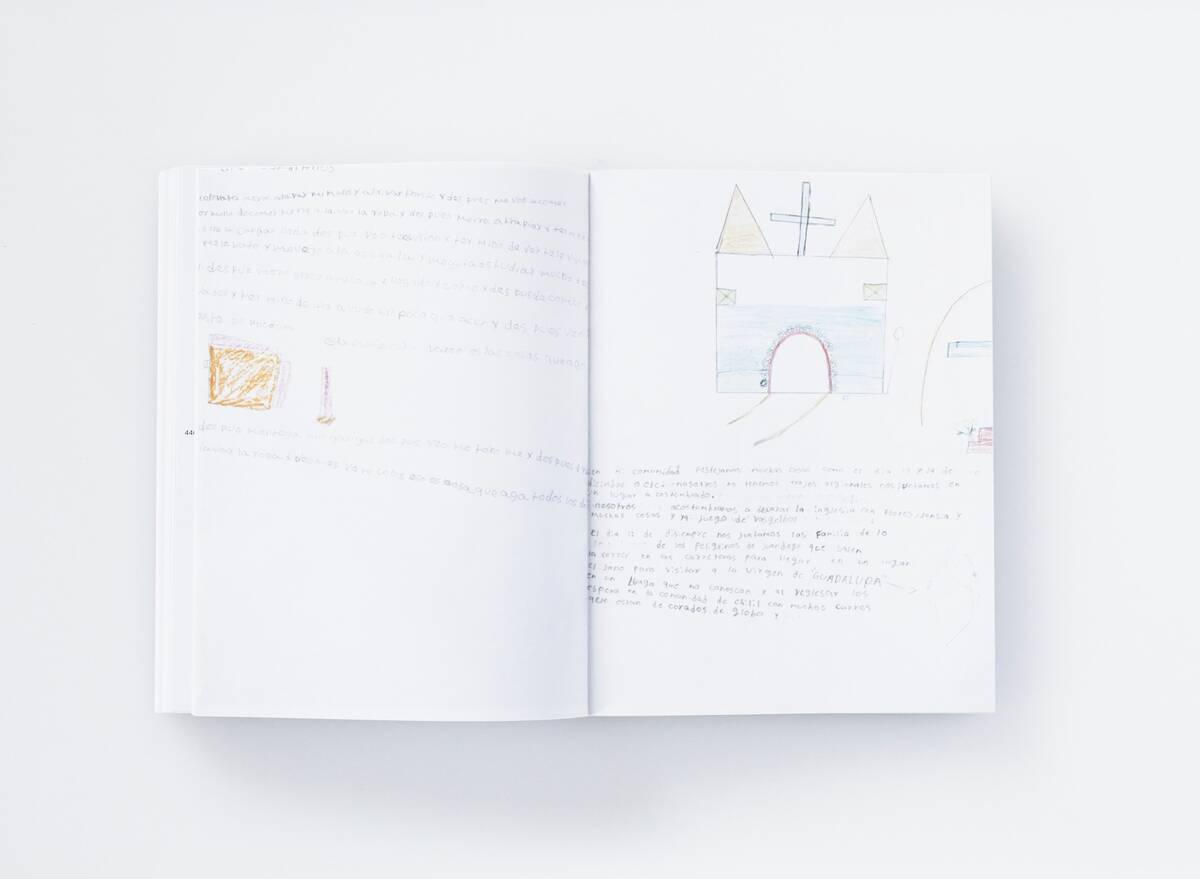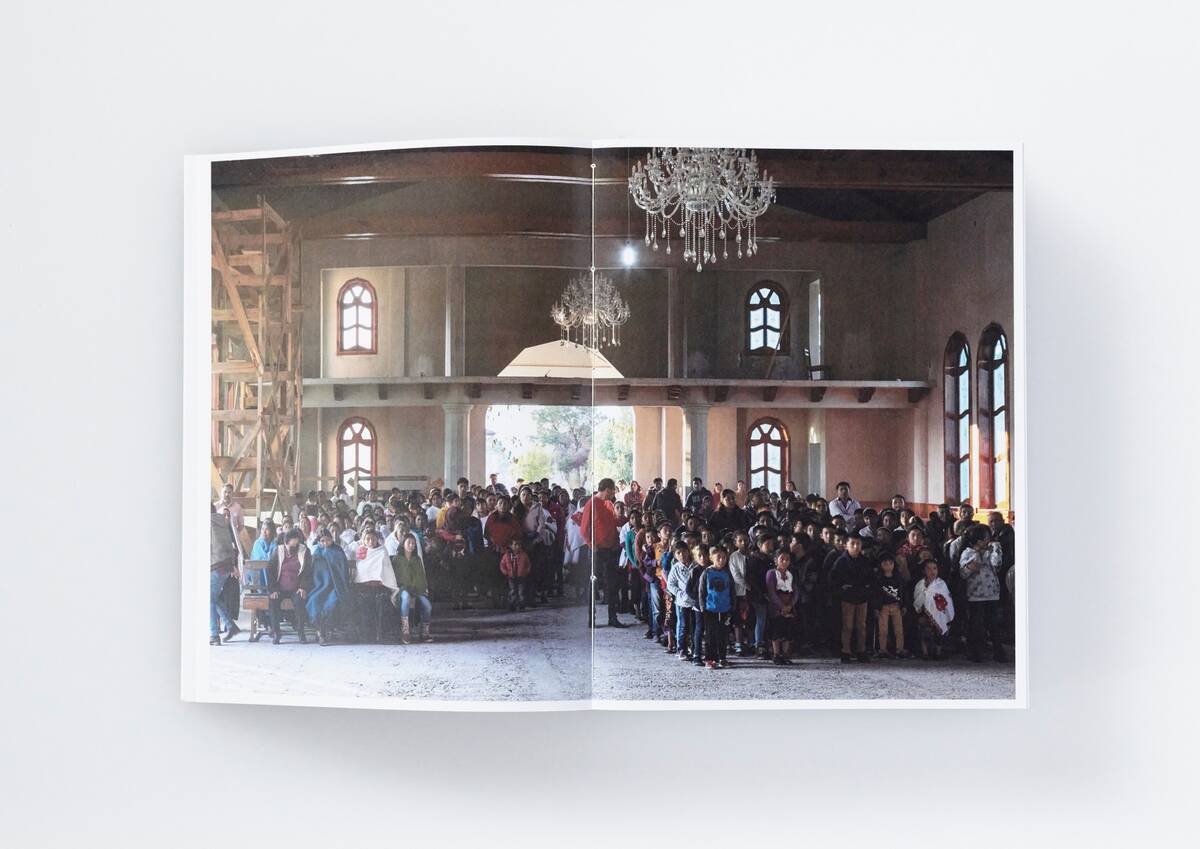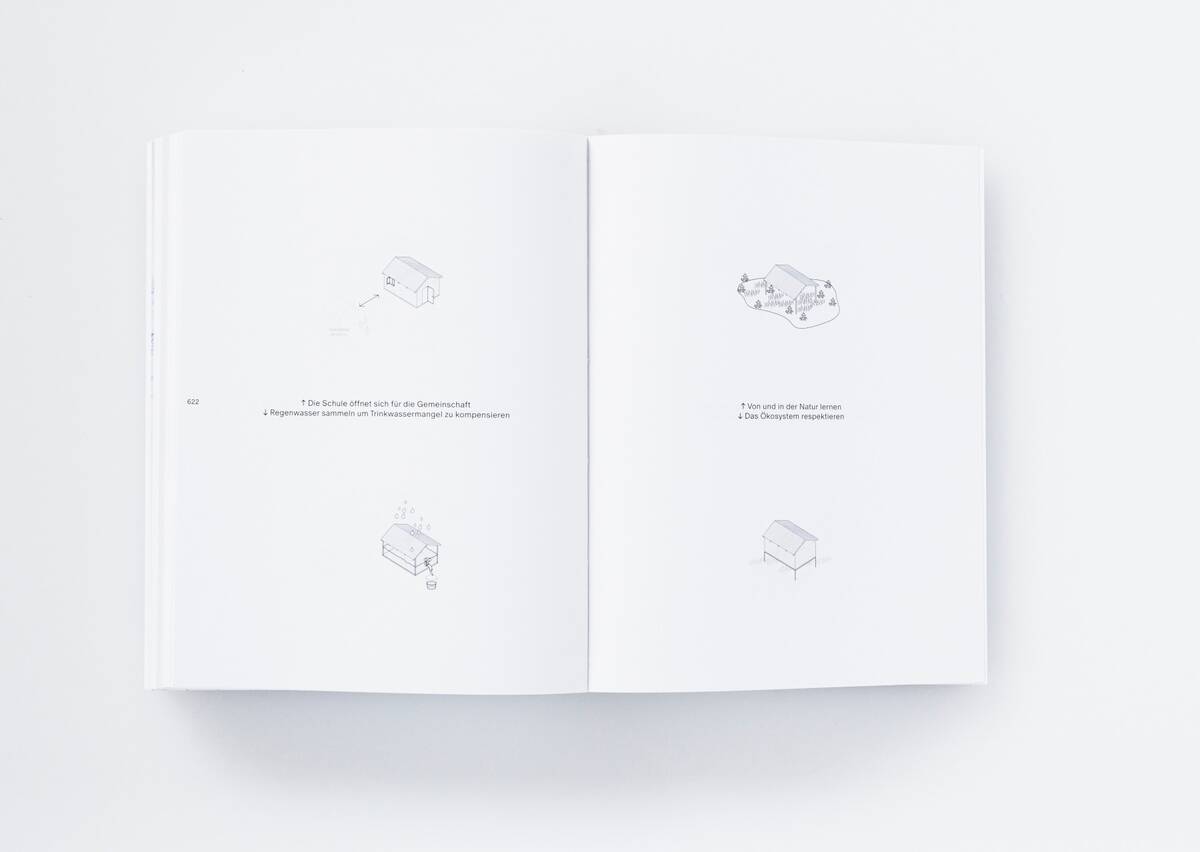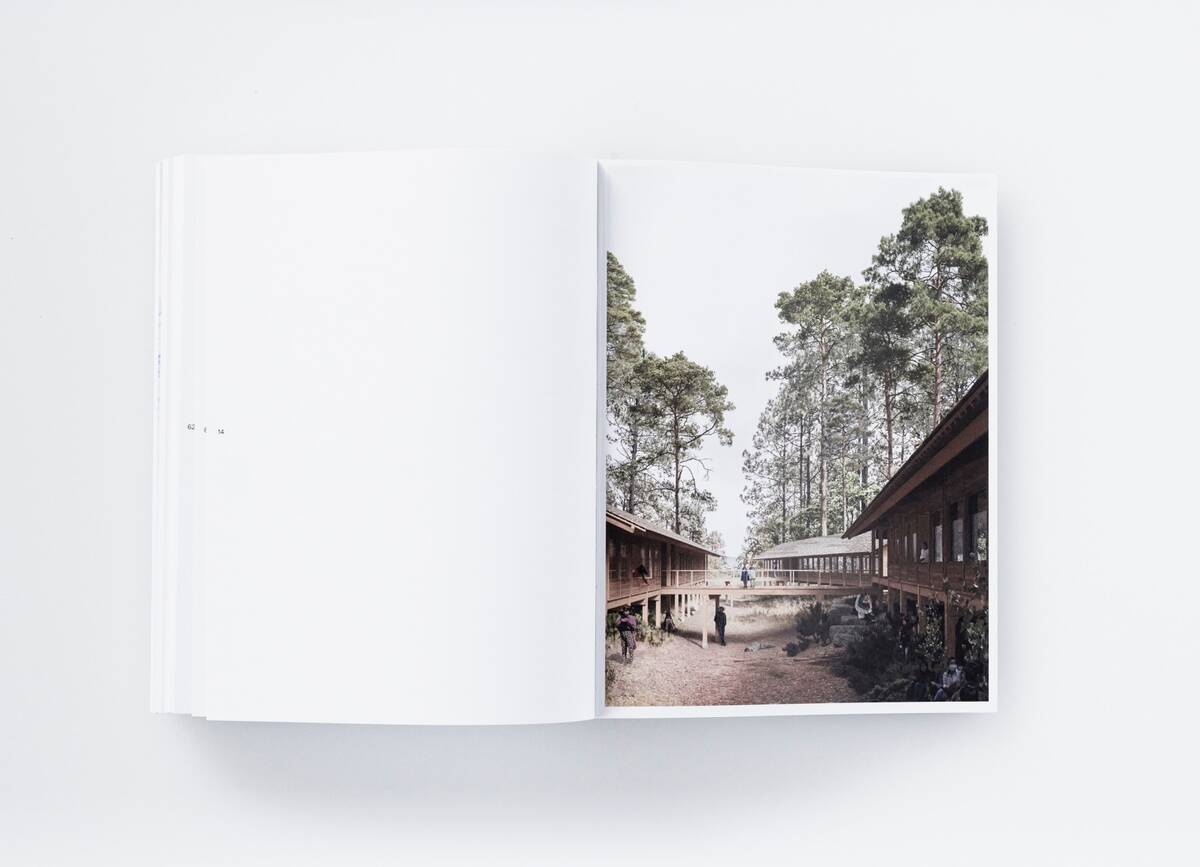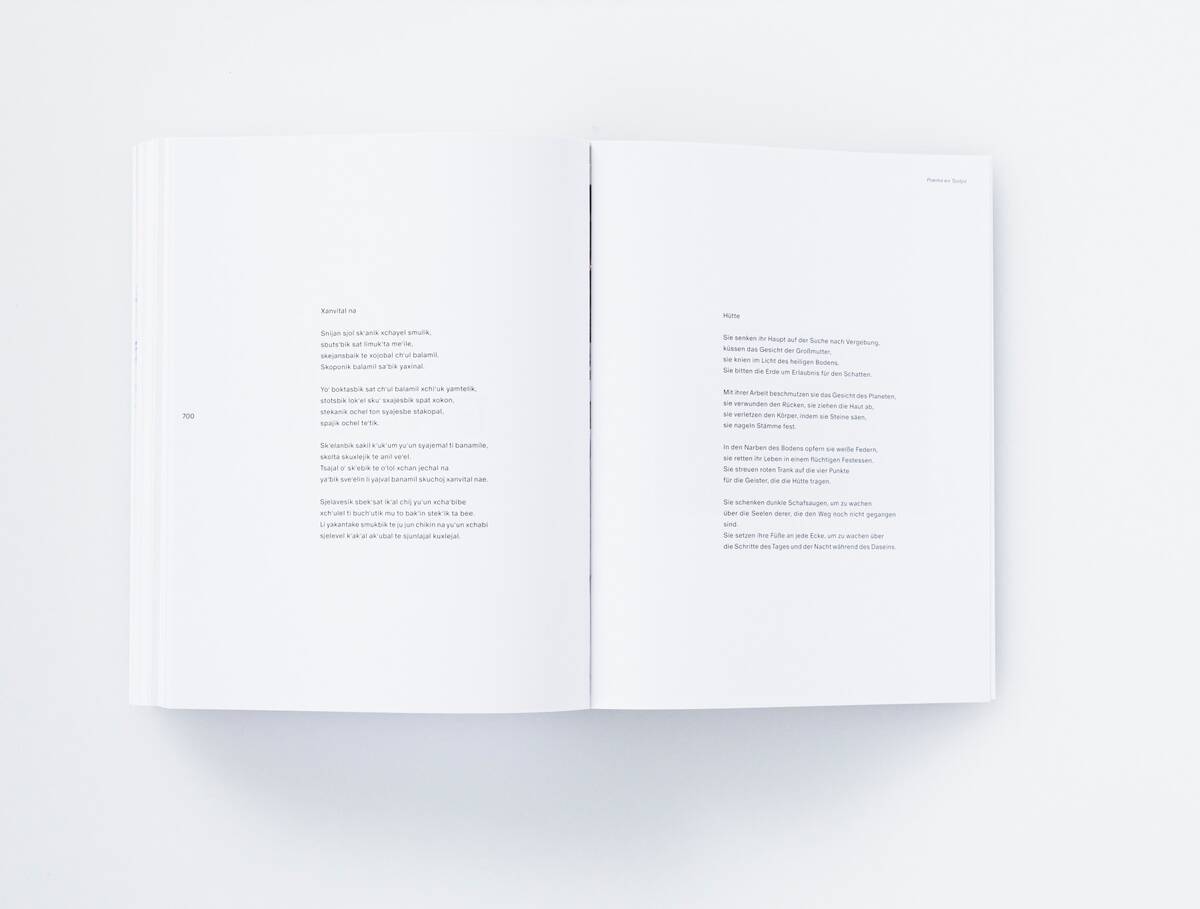ch’ulel a’maltik [tzotzil] means „high forests" and is also the site for a school construction in an indigenous mayan community in the highlands of chiapas, mexico. of the more than 600,000 people living there, 85% do not have the opportunity to attend secondary school. the work includes not only the participatory design and construction of a school building, but also a reforestation and the organization of culturally specific teaching. in cooperation with a local foundation and the indigenous village community, space for learning is made possible where it is really needed.
over the past four years, we have worked with the local people in a participatory process to develop a design for a school that goes beyond architecture to become a place of learning for the entire village community. together with the local inhabitants, indigenous cultural characteristics were learned, visualized, compared, reflected upon and incorporated into the concept of the school.
first of all, a basic teaching concept was developed with local experts that conveys indigenous knowledge and local characteristics as well as the knowledge of common external educational institutions. starting with the future students, through to the teaching staff and the elders of the village, we organized workshops that ultimately see the entire community as a team and part of the artistic creation.
In order to develop architecture that respects indigenous teachings and is sustainably ecological, local and above all natural building materials are used. the building is largely made from locally grown pinewood. the insulation consists of local clay and sawdust from production. the roof is covered with local limestone slabs and also serves as a source of drinking water. all materials are borrowed from nature and, unlike conventional industrial products, produce no harmful substances.
mi sueño
the wishes, needs and ideas of local people were surveyed in various workshops and incorporated into the design. the children, the future students were particularly important. together, beyond ideas and dreams, the concrete property in the forest was acquired and ideas were developed on site.
typologies
an understanding of the community's way of life was developed through on-site studies and conversations with the people. at the same time, the spatial relationships and forms of architecture were considered in their historical development and summarized in graphic research.
la gente de chilil
the indigenous people are torn between tradition and modernity and are dependent on support. They are on the brink of external exploitation, yet they courageously and humbly carry forward the image of a world whose contours we can recognize, but whose essence we cannot grasp.
living without objects
it is assumed that everything that is, the whole world and everything in it, i.e. in the micro- and macrocosm, humans and things, mountains, rivers, valleys, meadows, animals, plants, objects and tools - all of this is alive, everything is a subject.
such an idea comes more clearly into view if the points of contact between the theoretical debates on materiality concepts triggered by the "material turn" are briefly explained. the current theoretical current of "new materialism" proposes a "complexification of nature-culture relations as a continuum". this can be seen as a reaction to the changed environment caused by ecological crises and rapid technological progress. the "actor-network theory", co-founded by bruno latour, also emphasizes the involvement of non-human entities. it shows the connections that exist both materially (between things) and semiotically (between concepts).
the studies call for the overcoming of the central position of the human subject, a central position that has apparently never existed in certain cultures.
→ read more…
publication
the handmade publication was designed and published by rāumen in düsseldorf 2023. in 734 pages the documentation shows the the work of four years, including research, text, such as graphical and photografical series wich lead to the project »ch'ulel a'maltik«.
this book is printed in a collector’s edition of 15 pieces.

